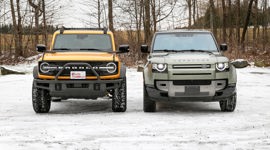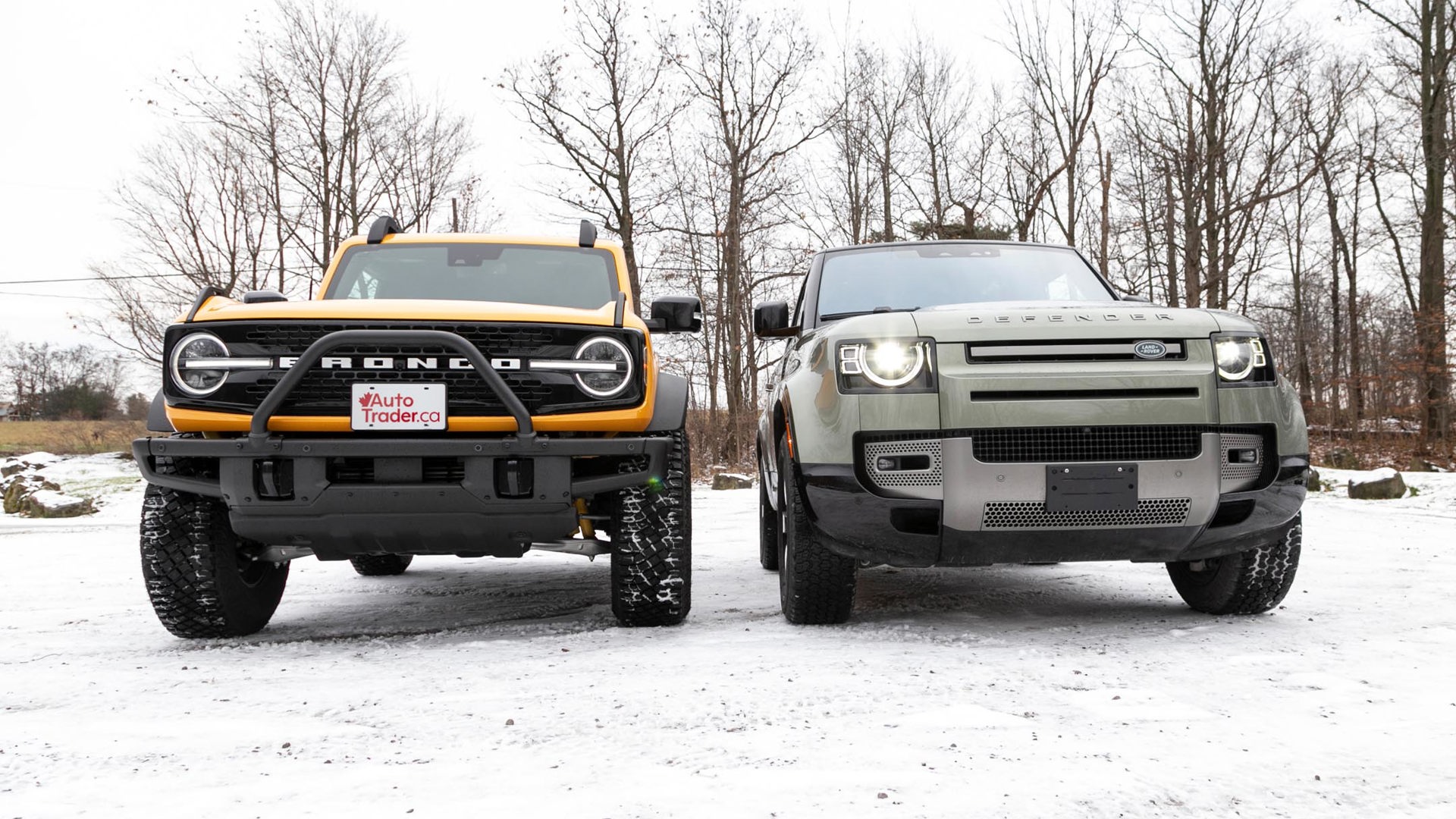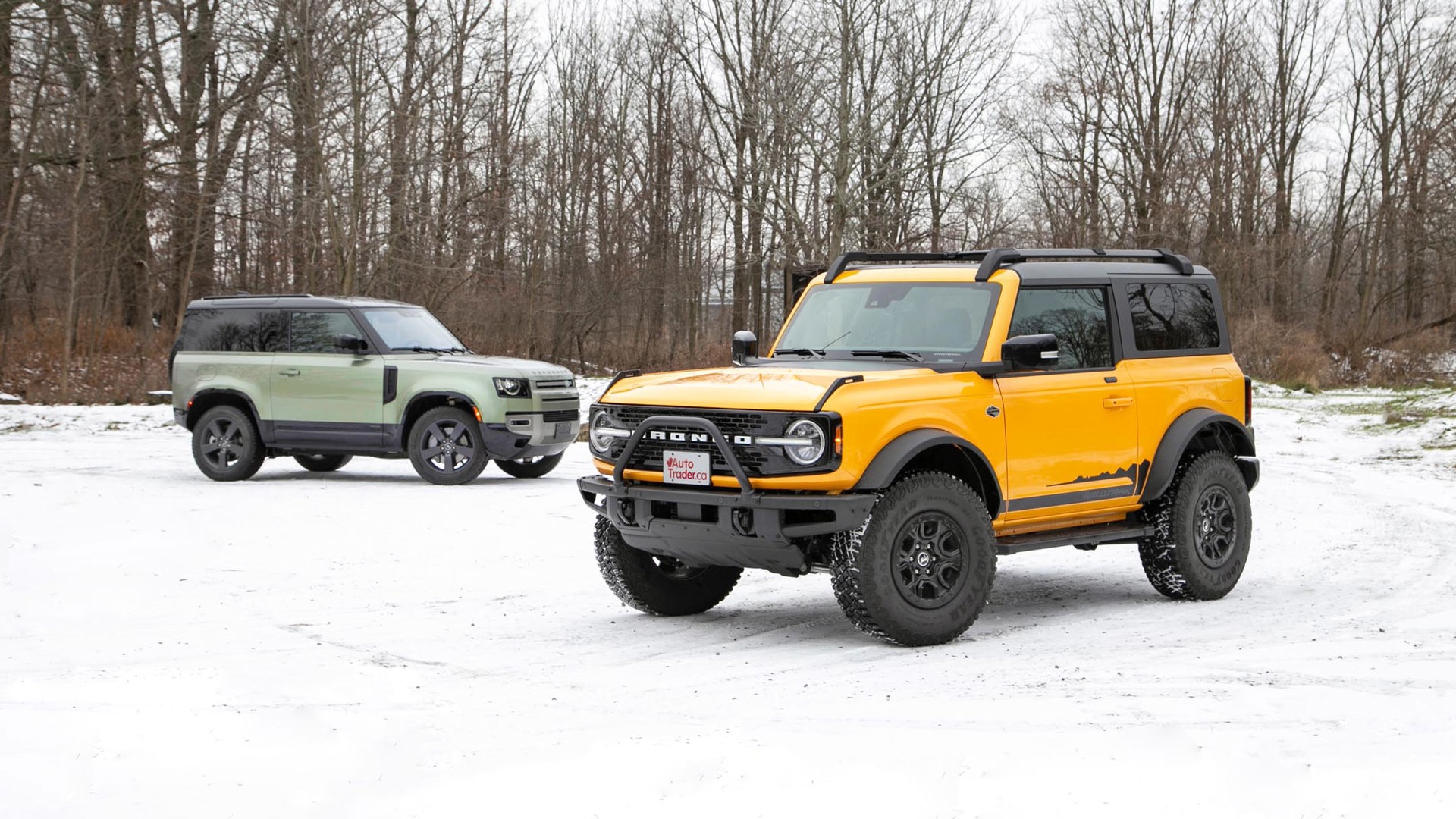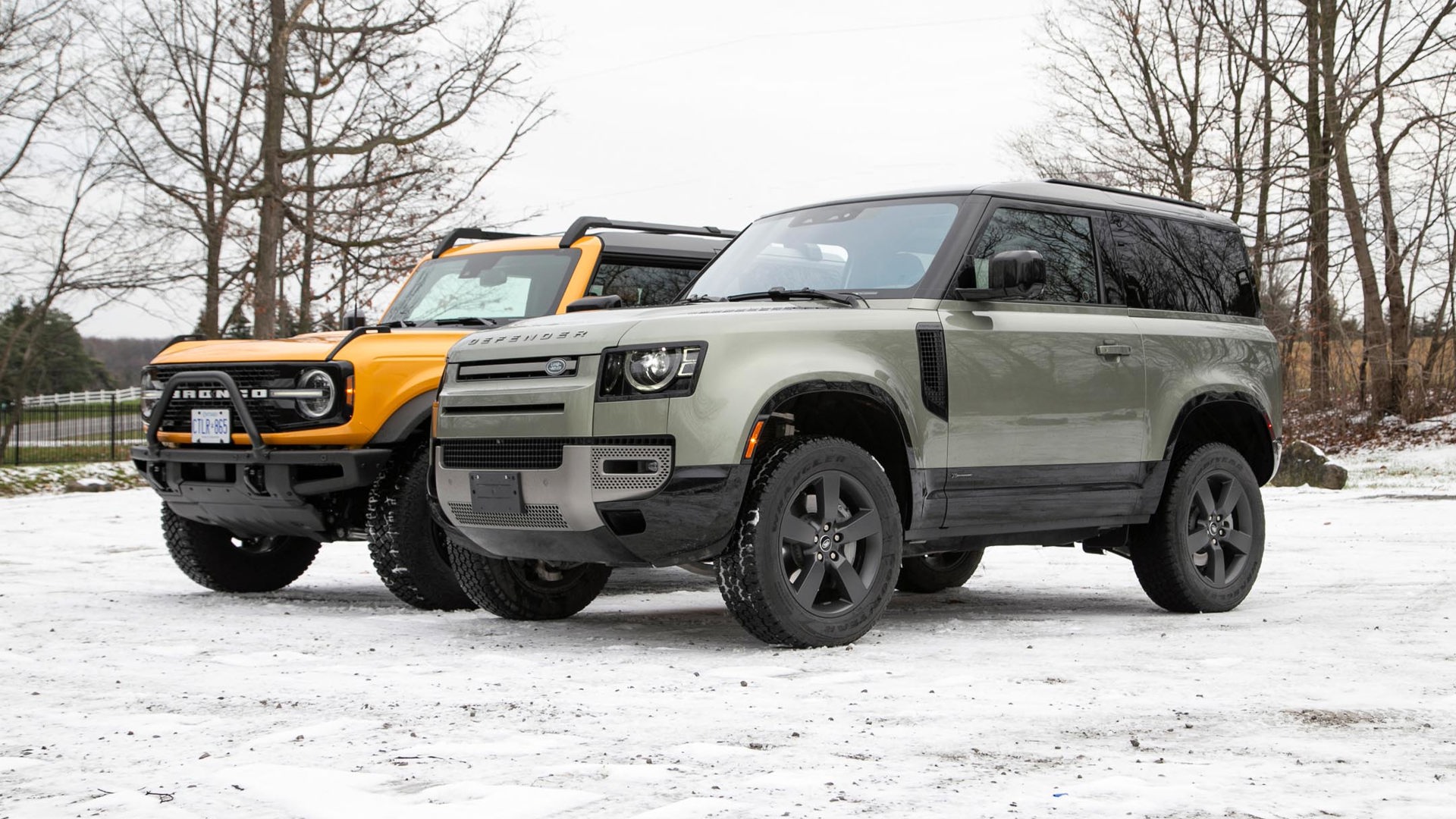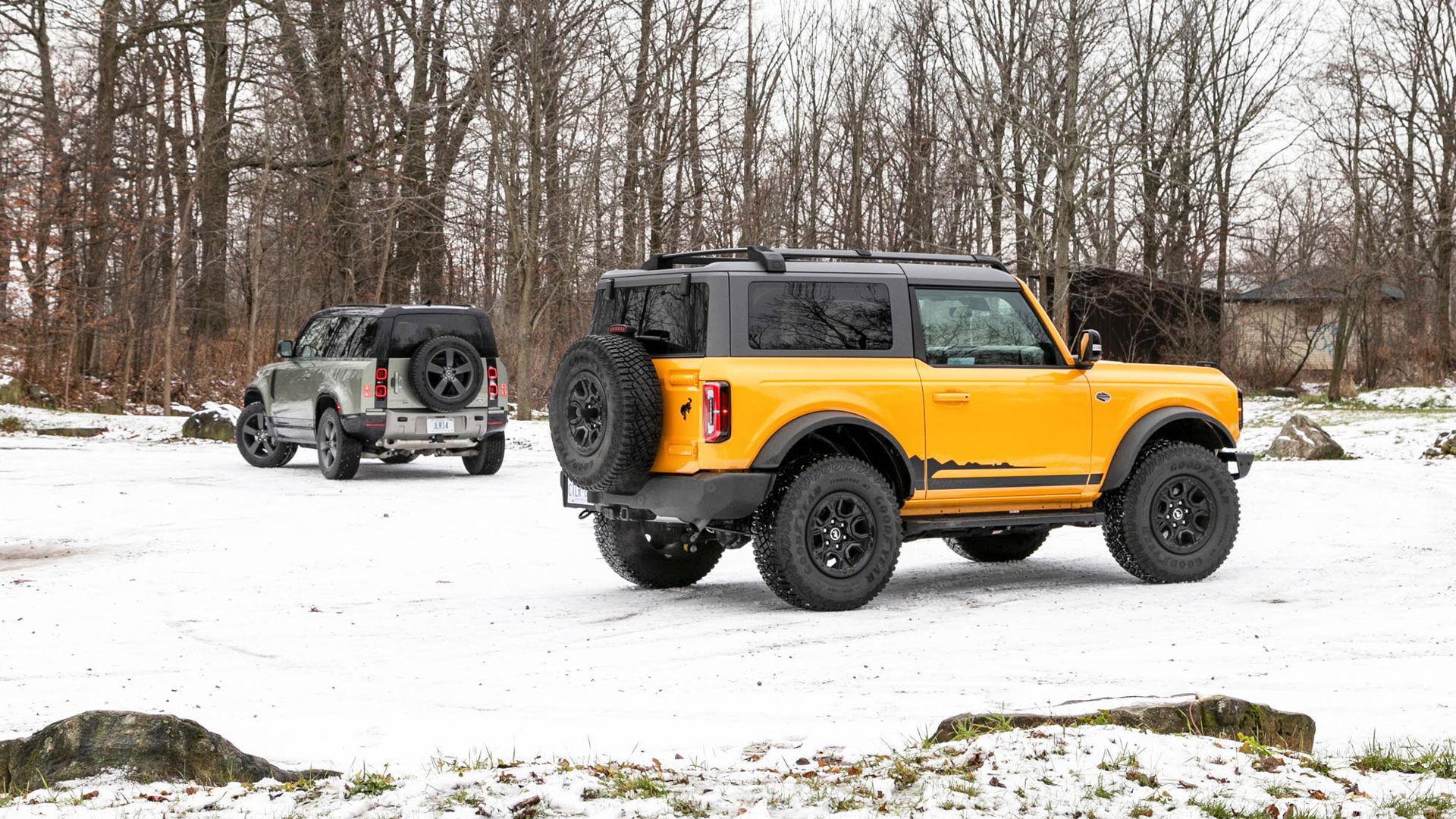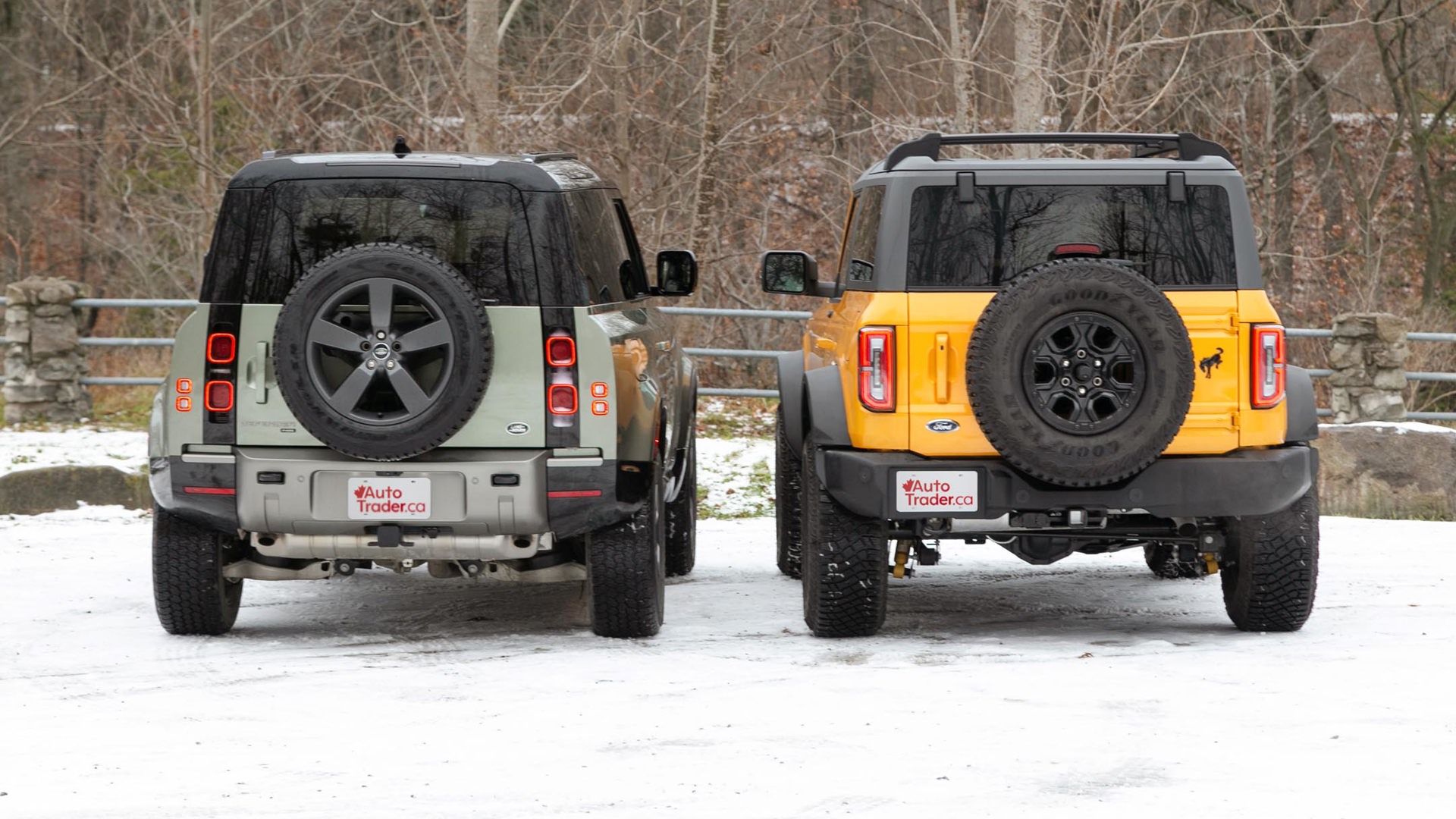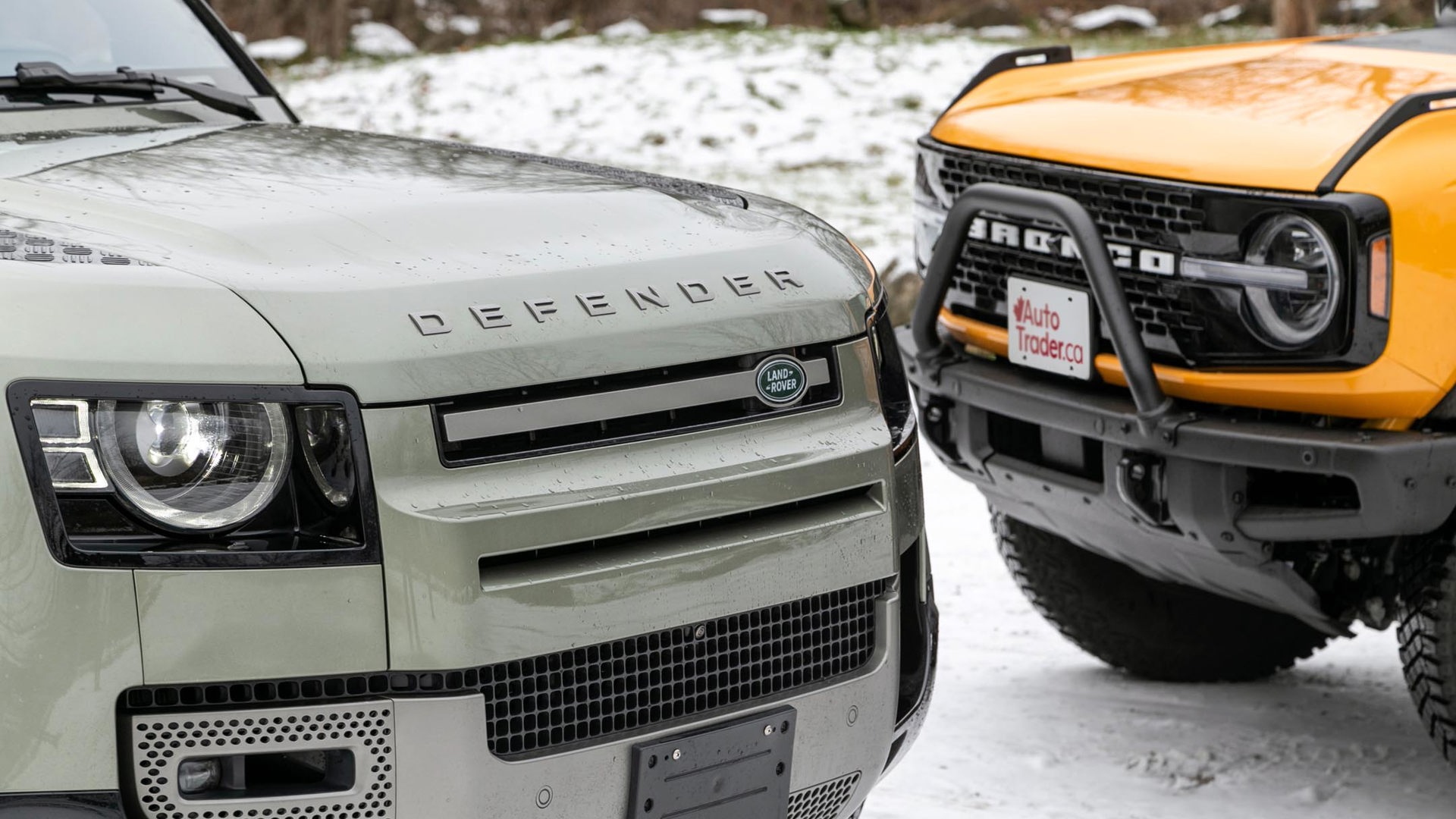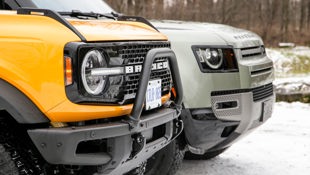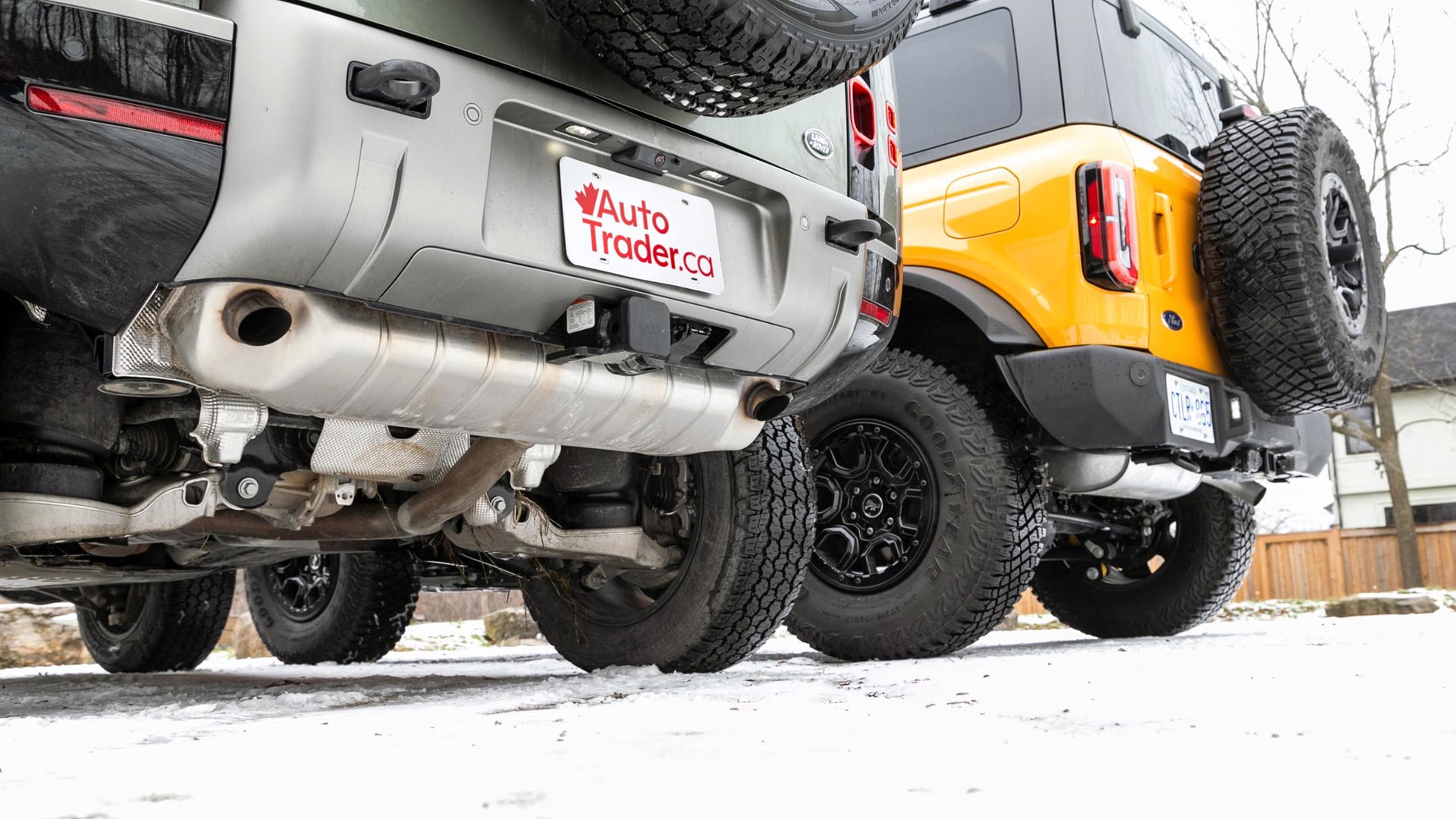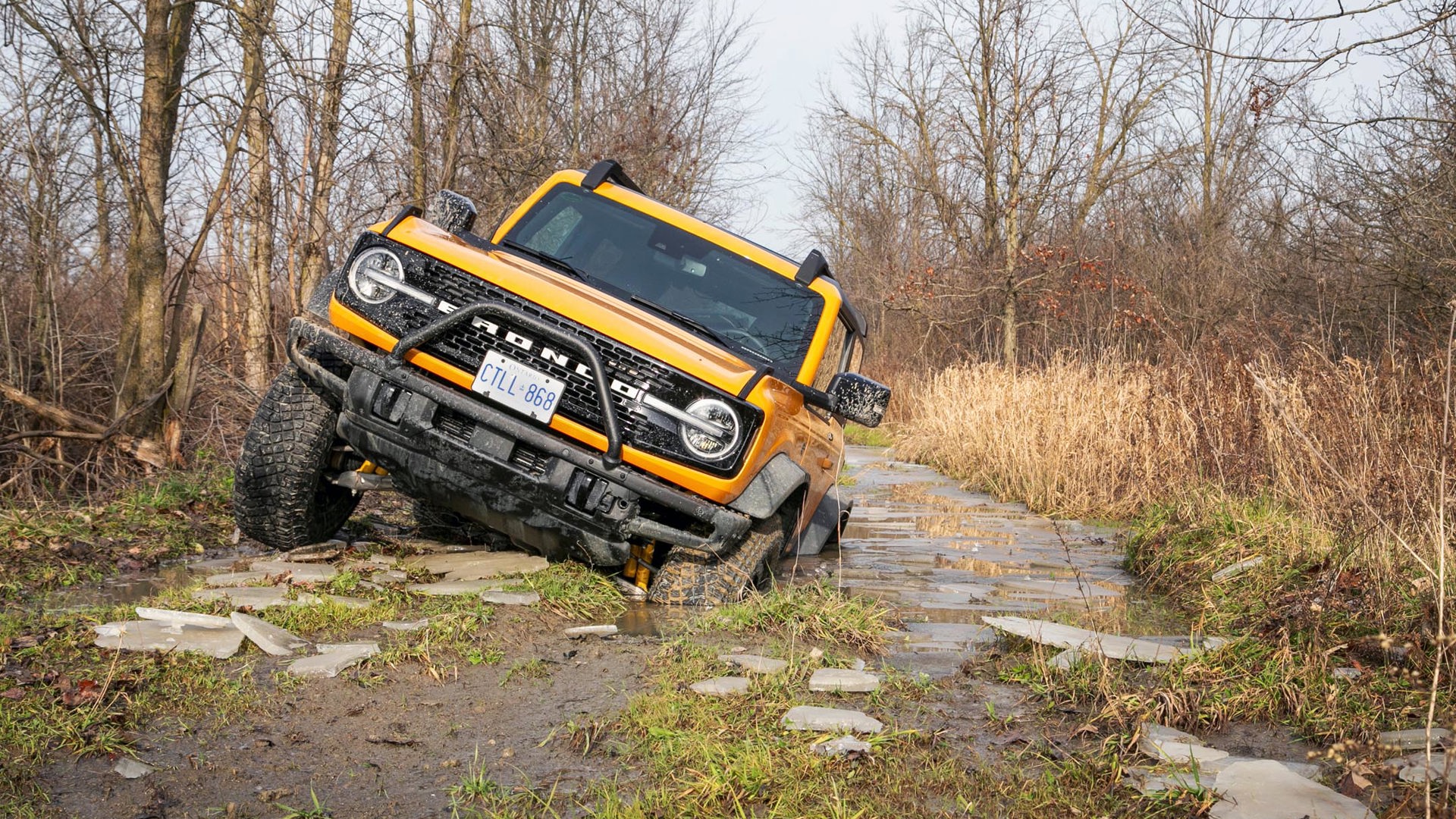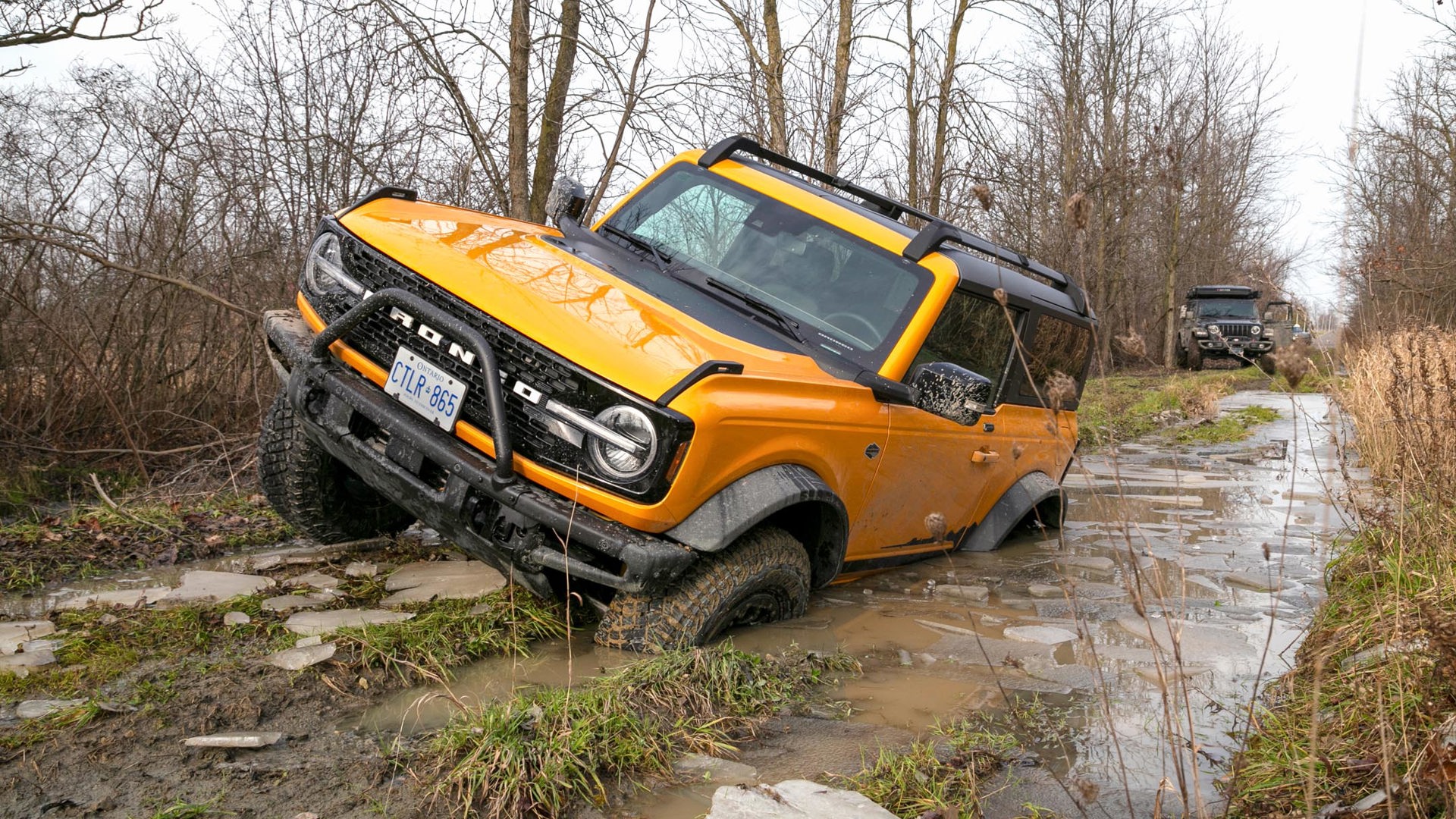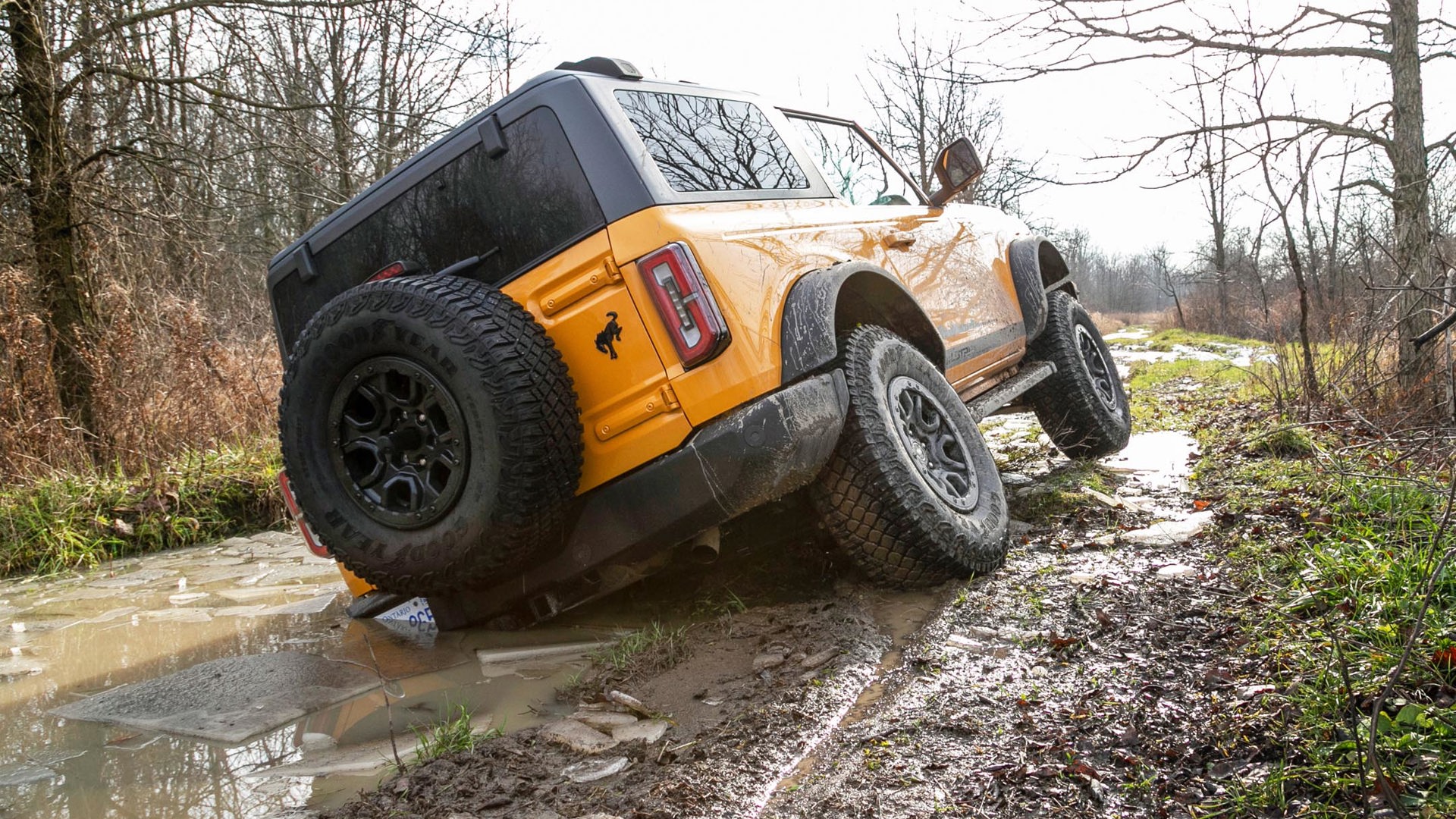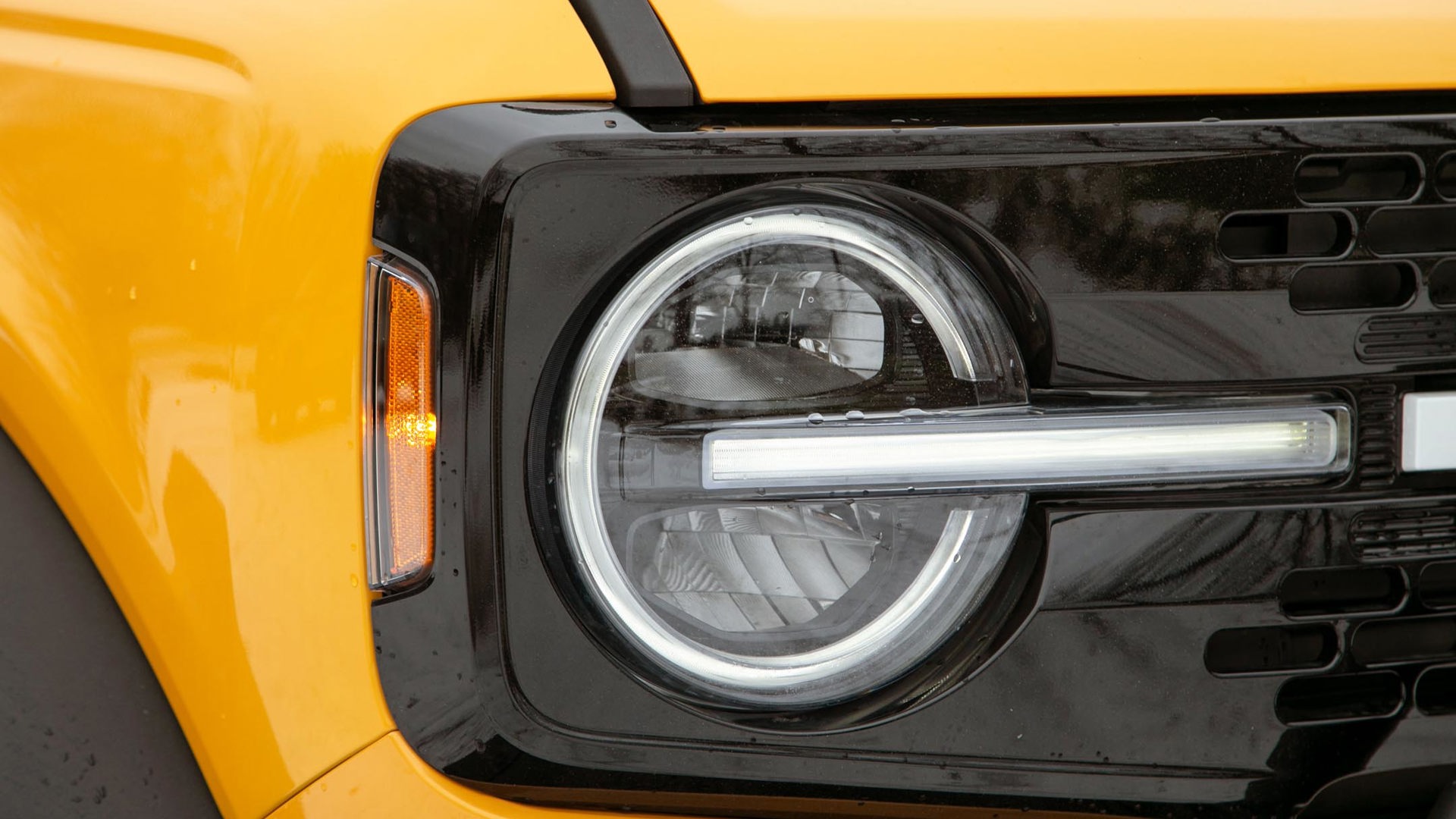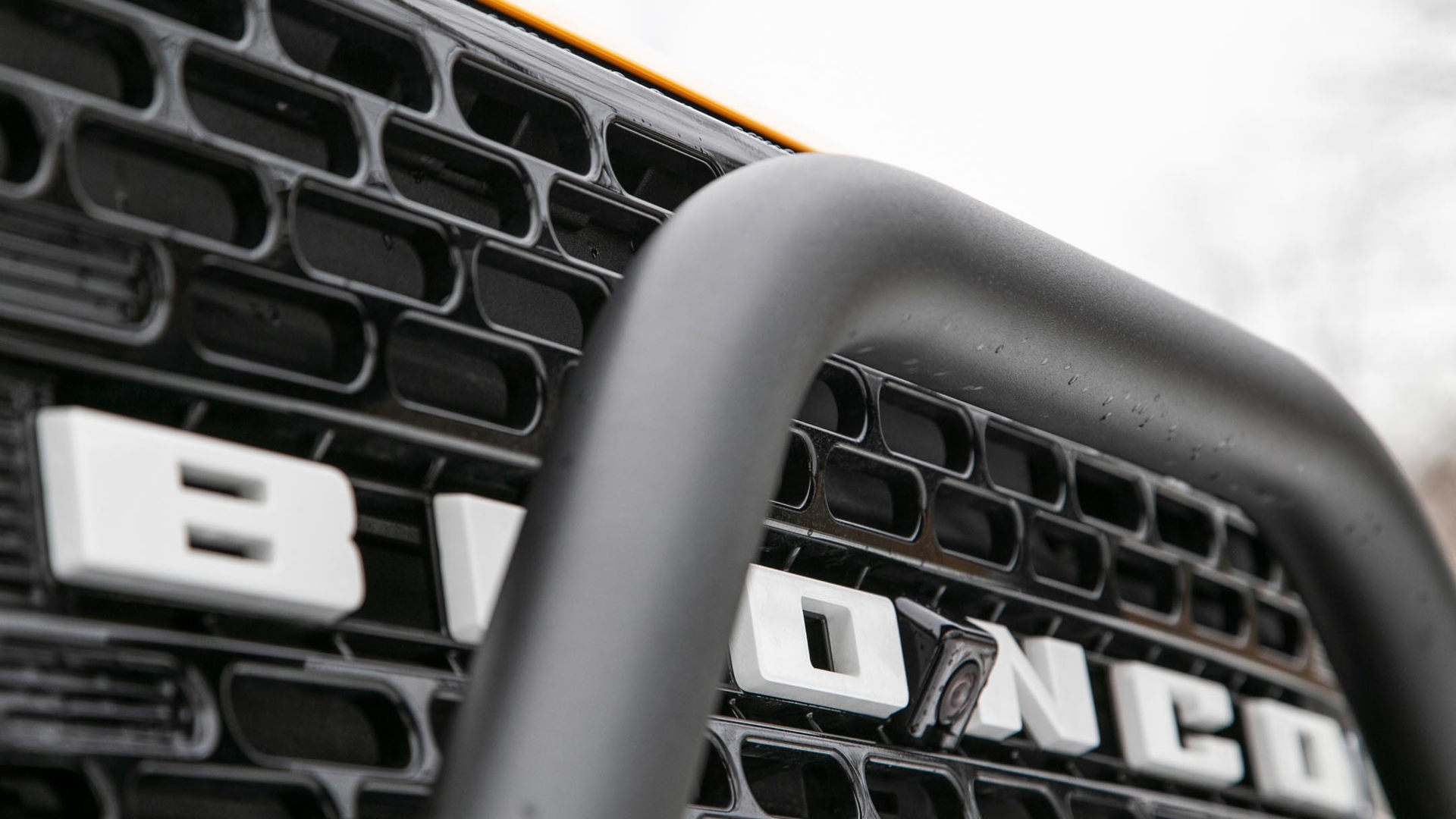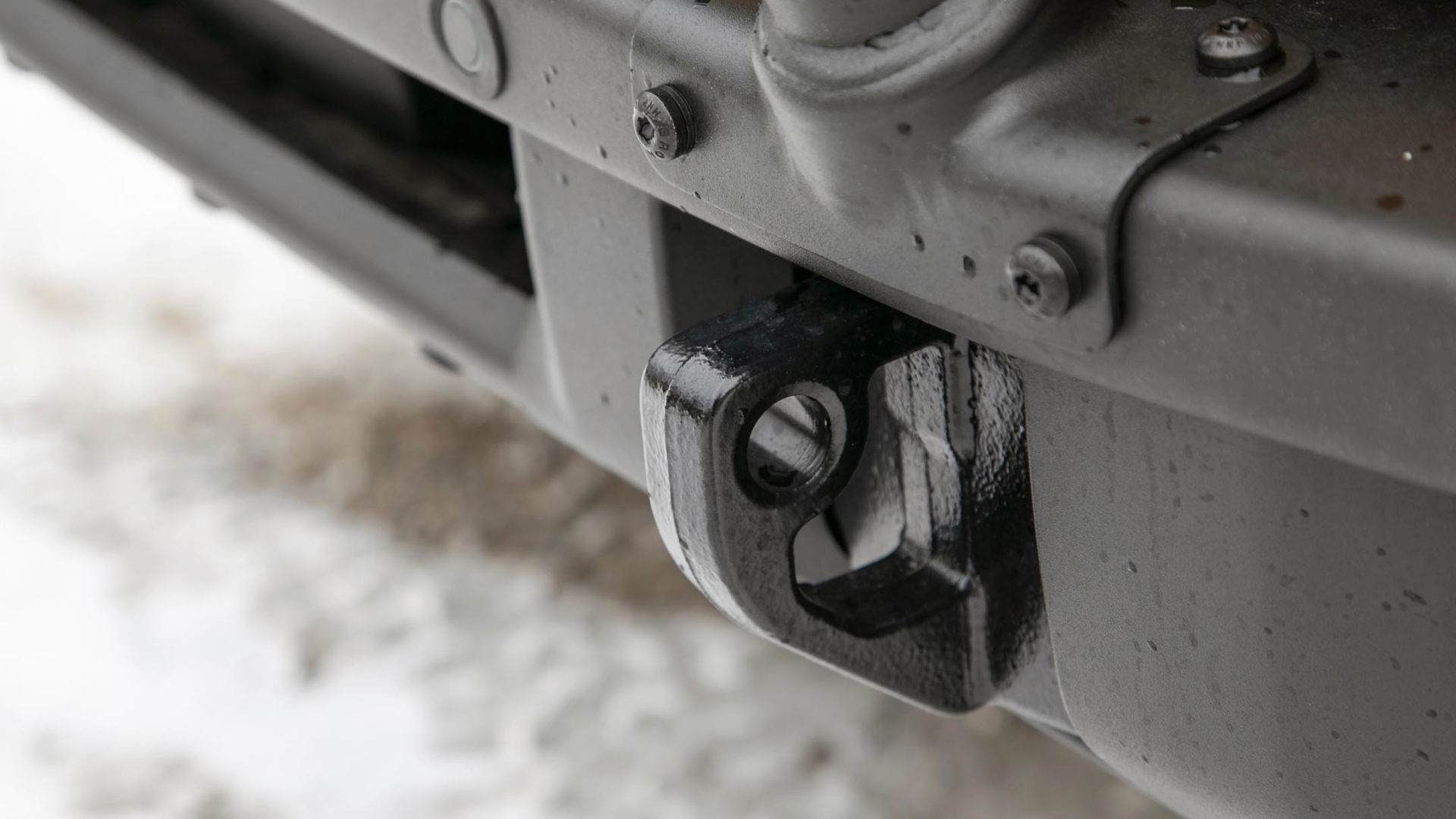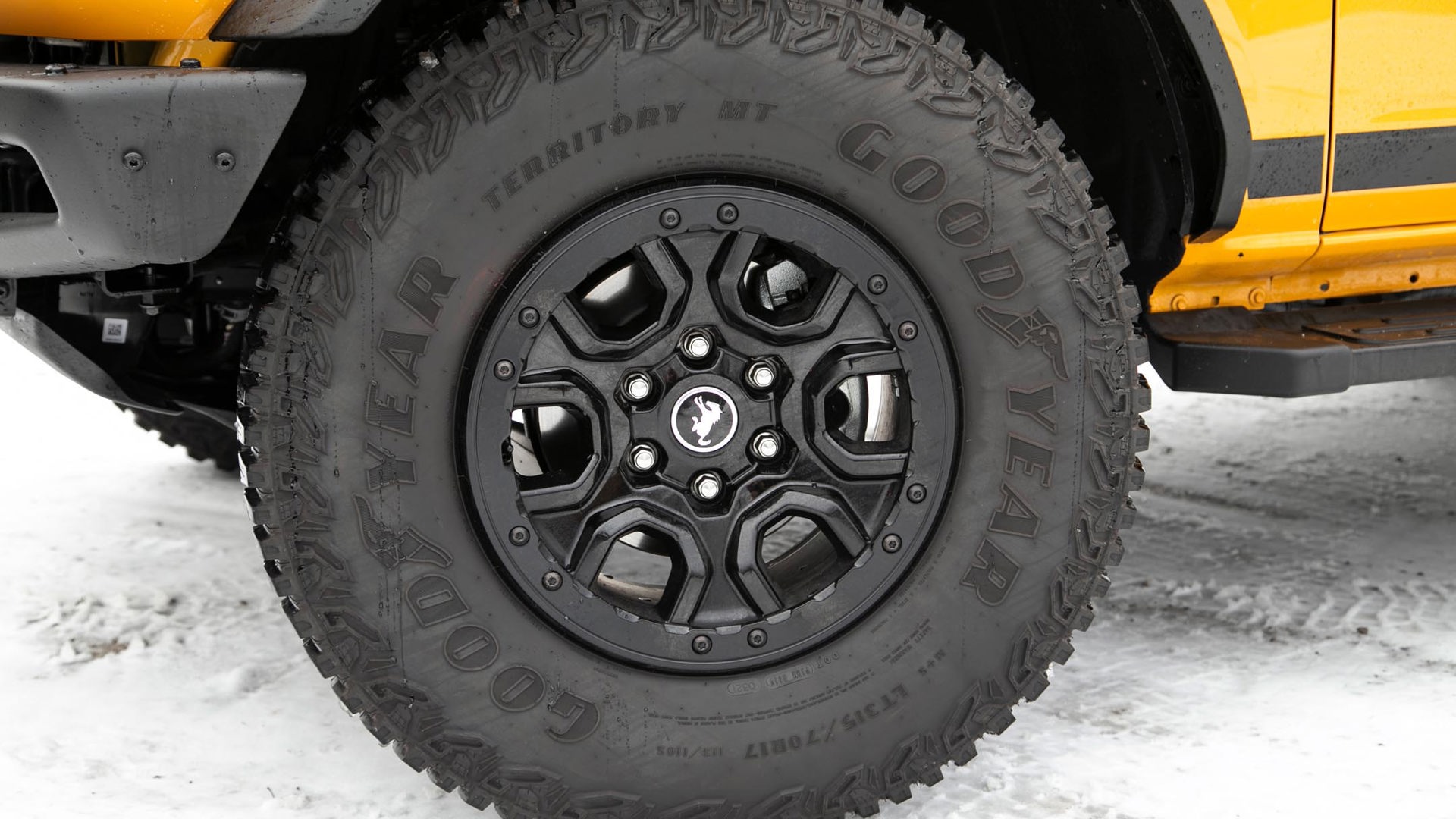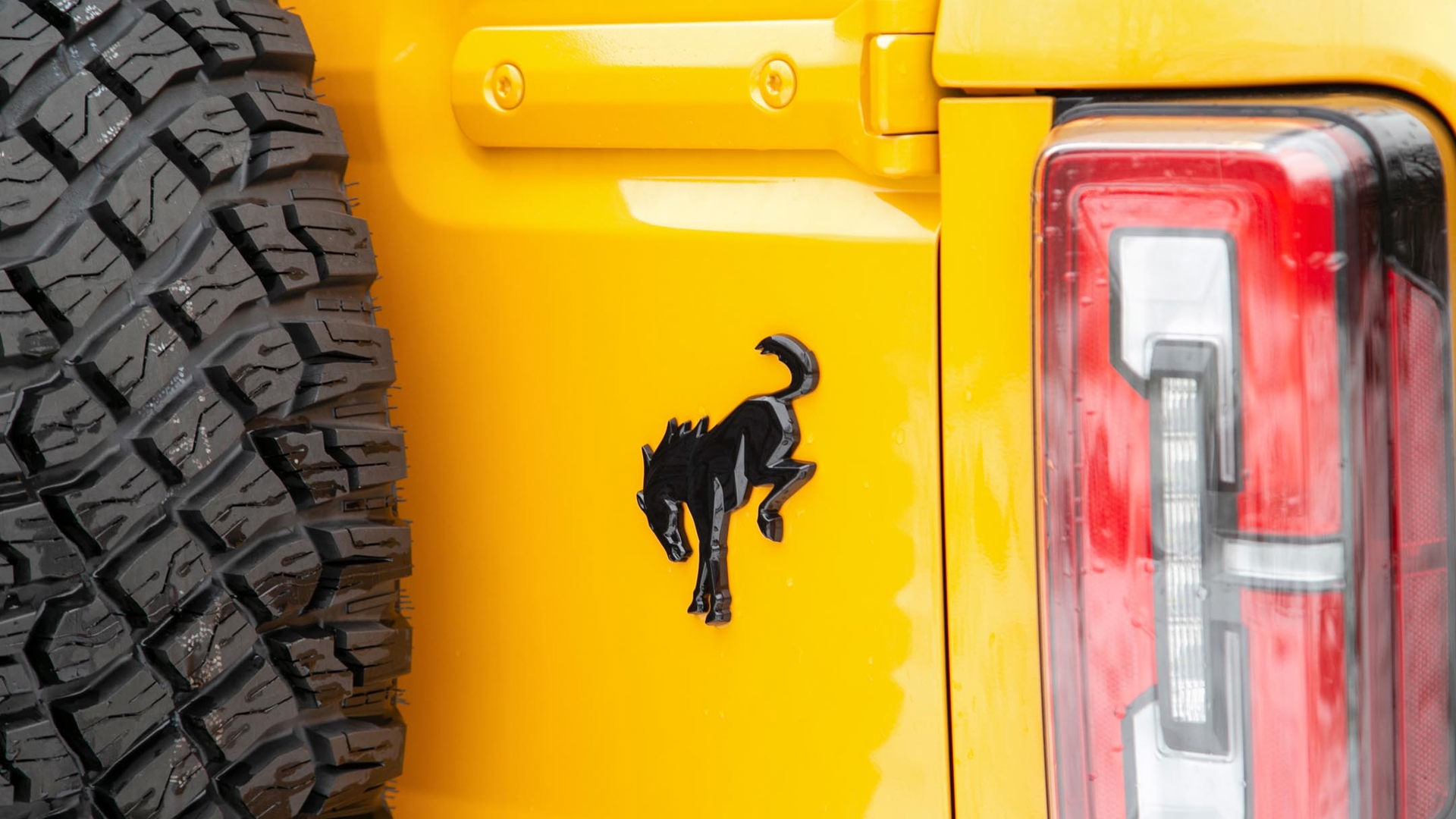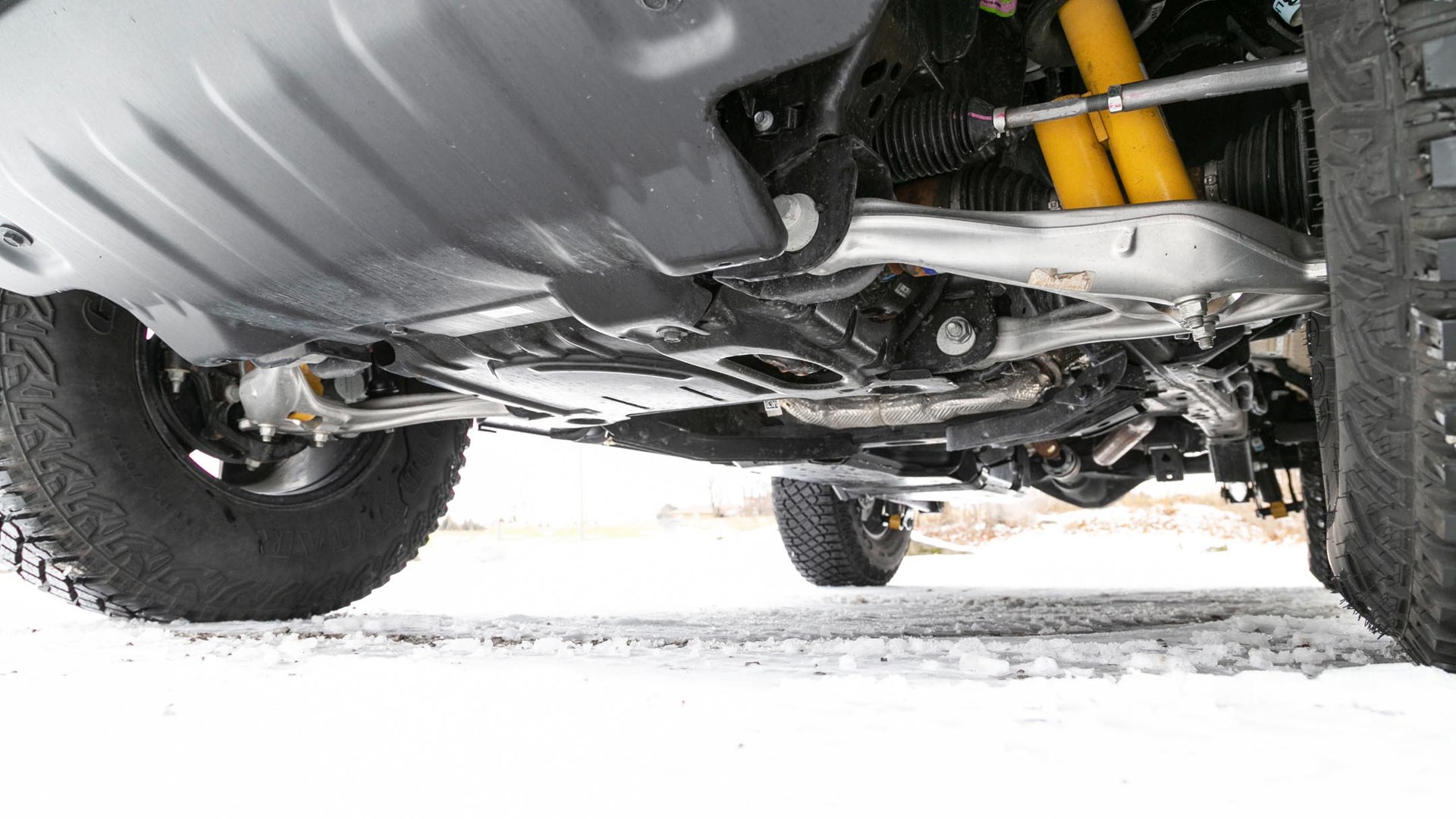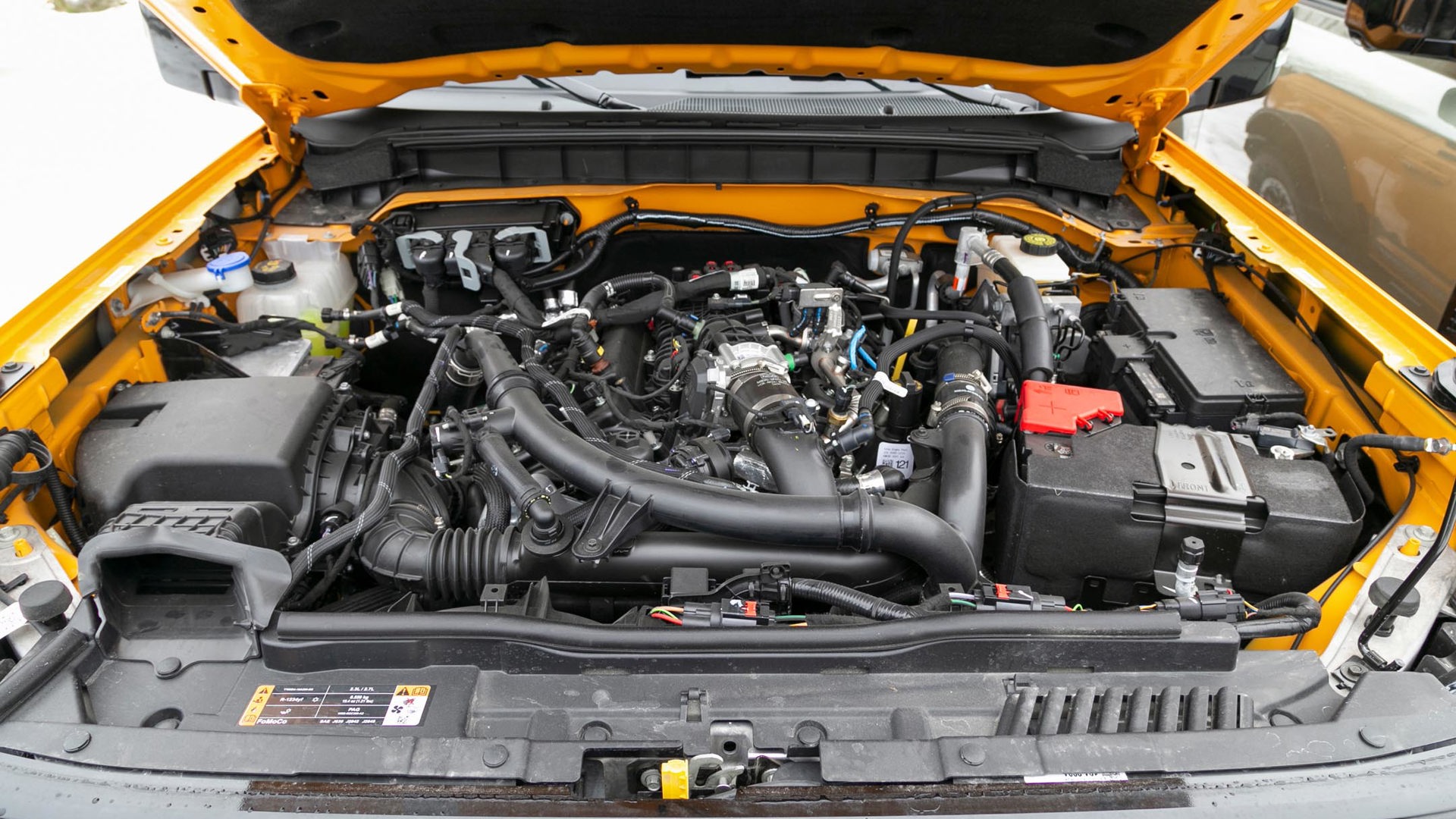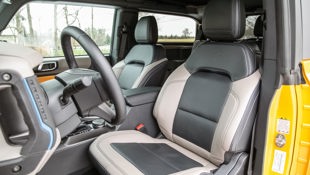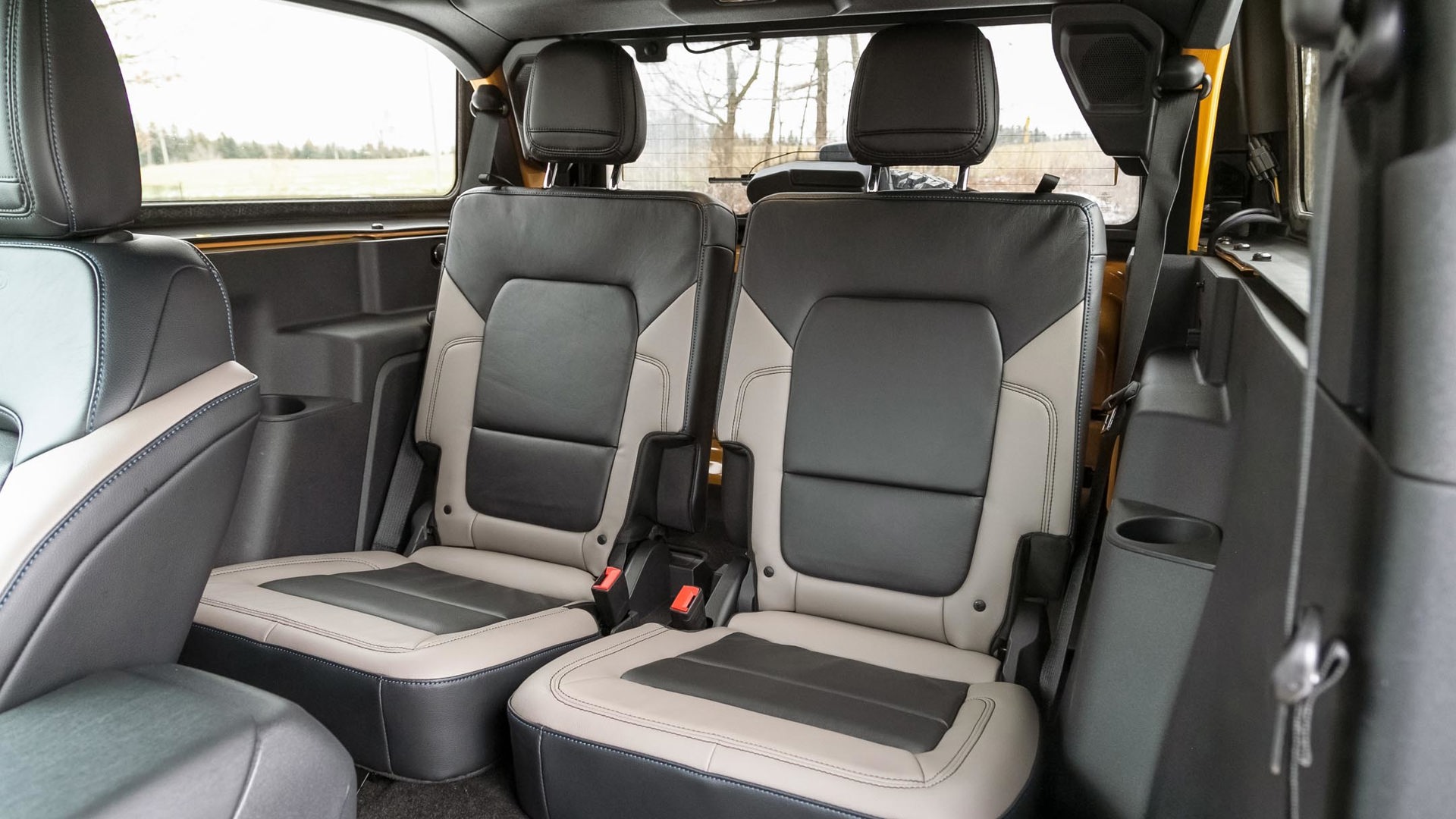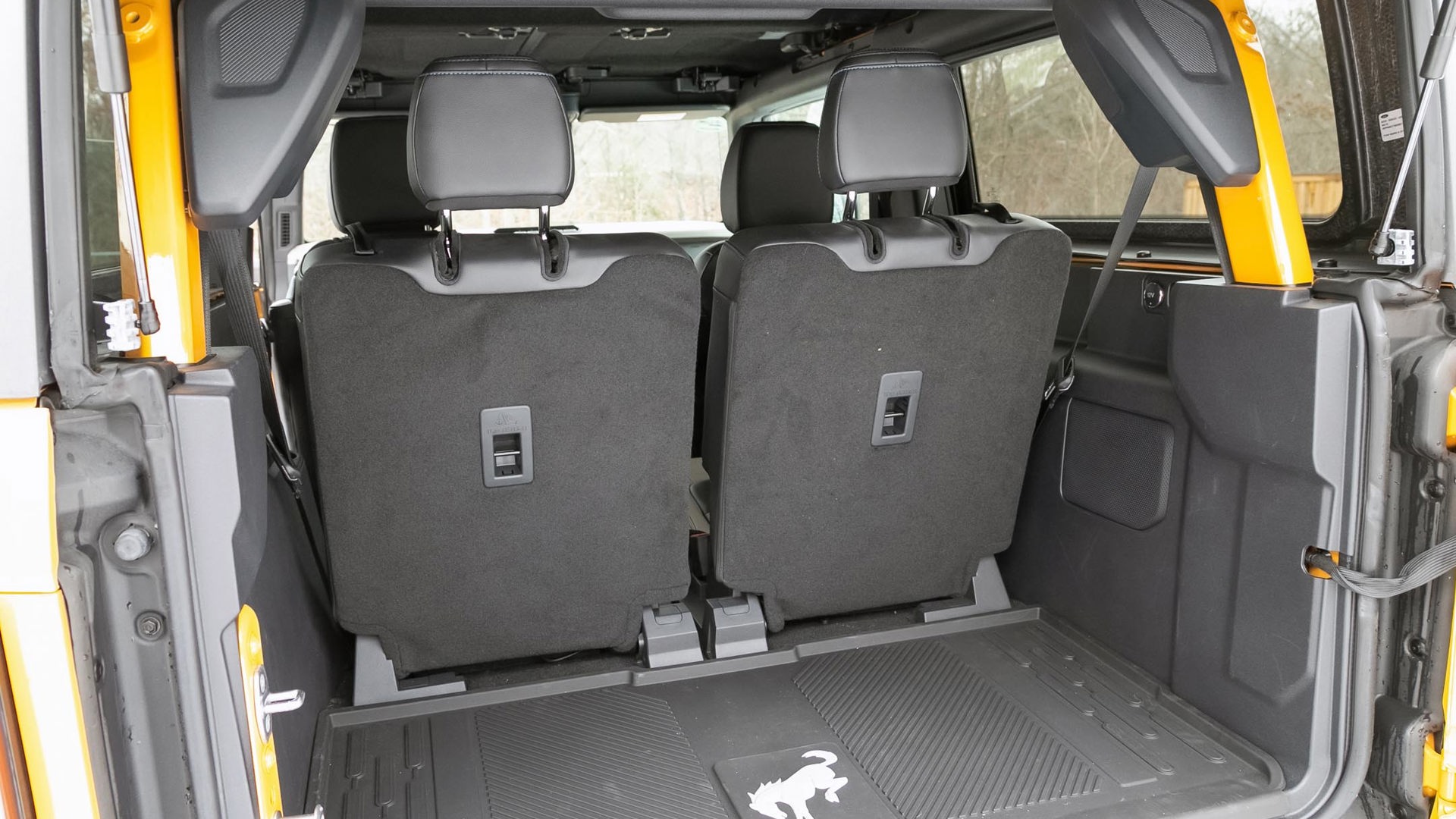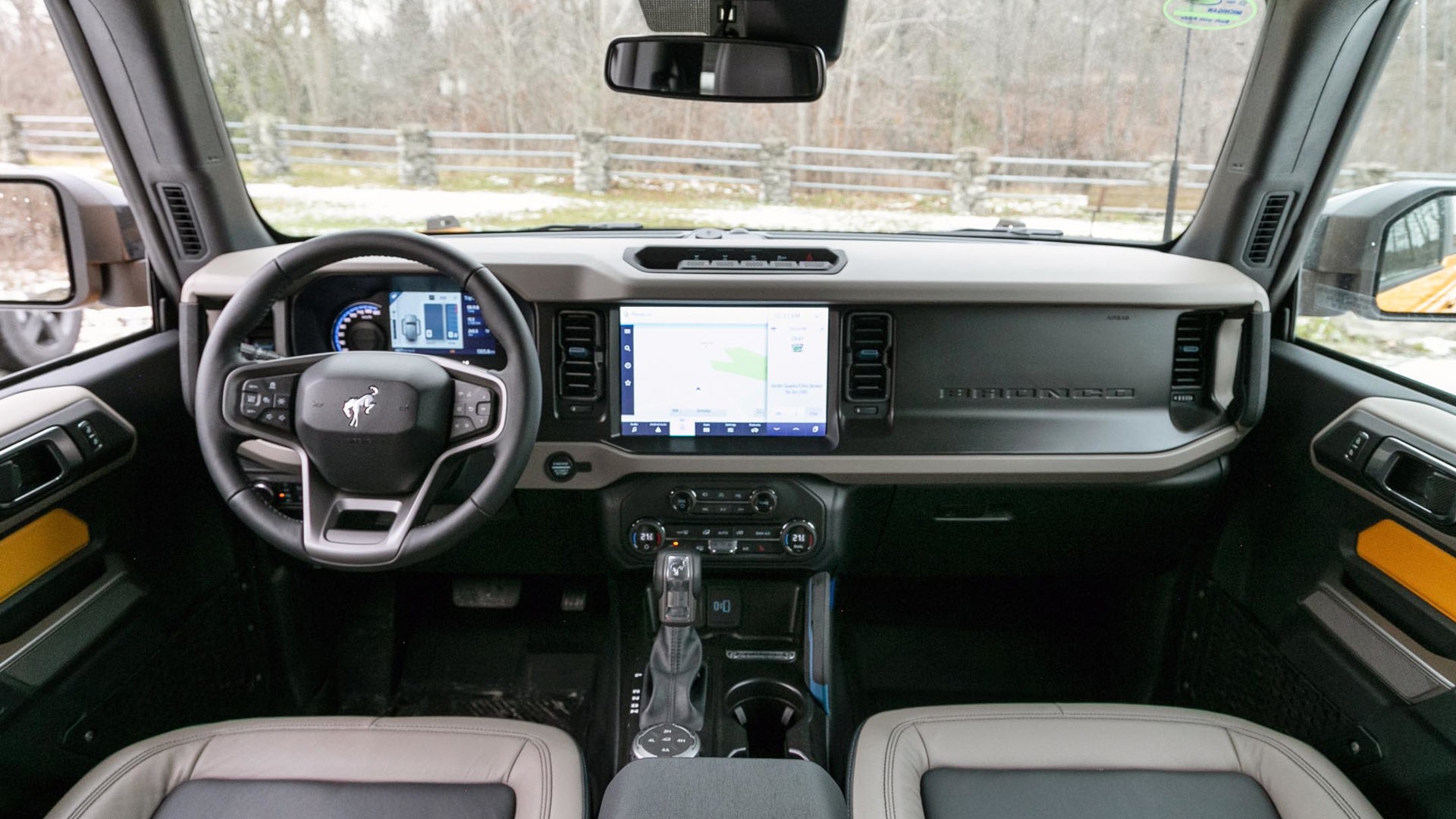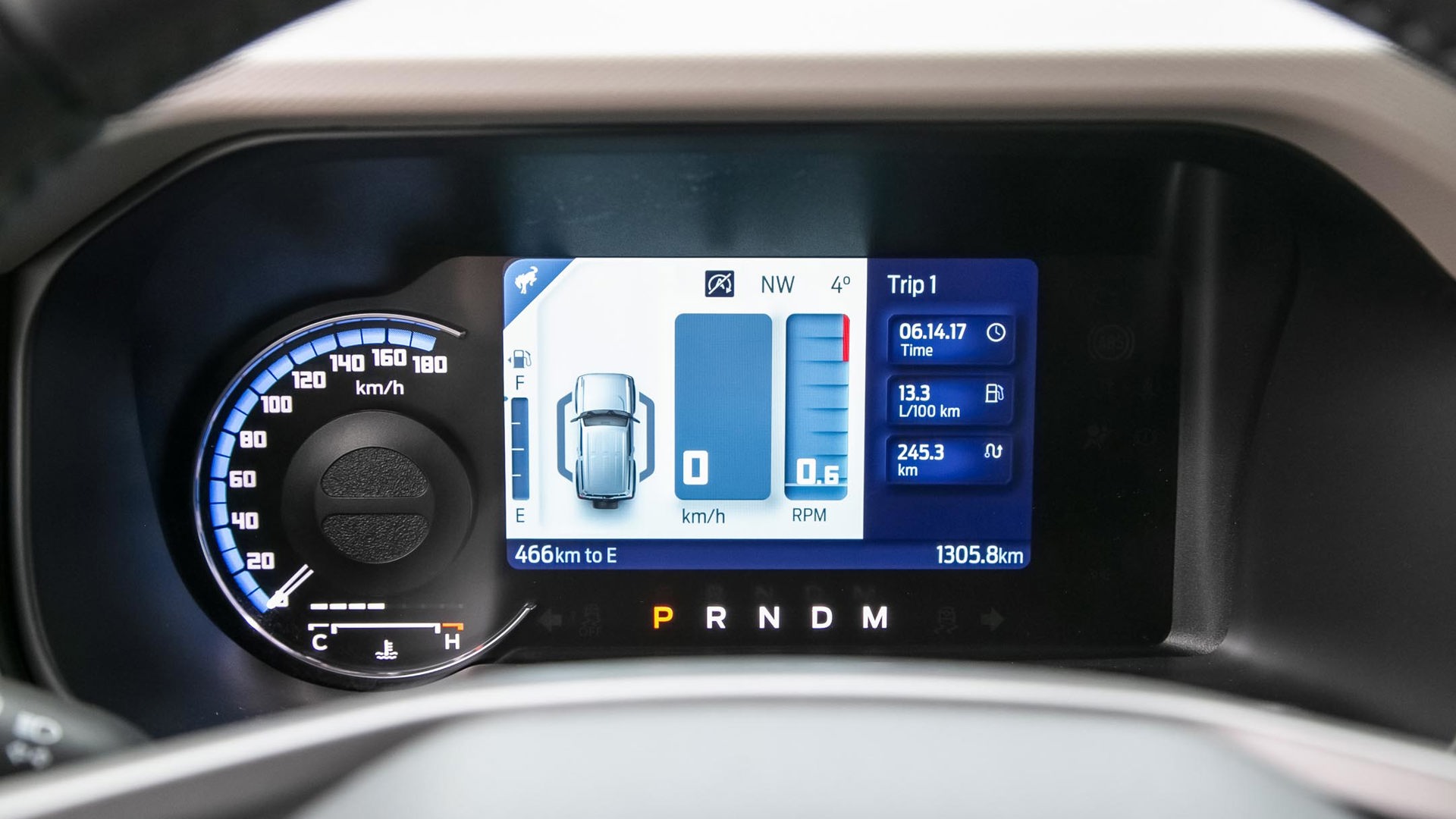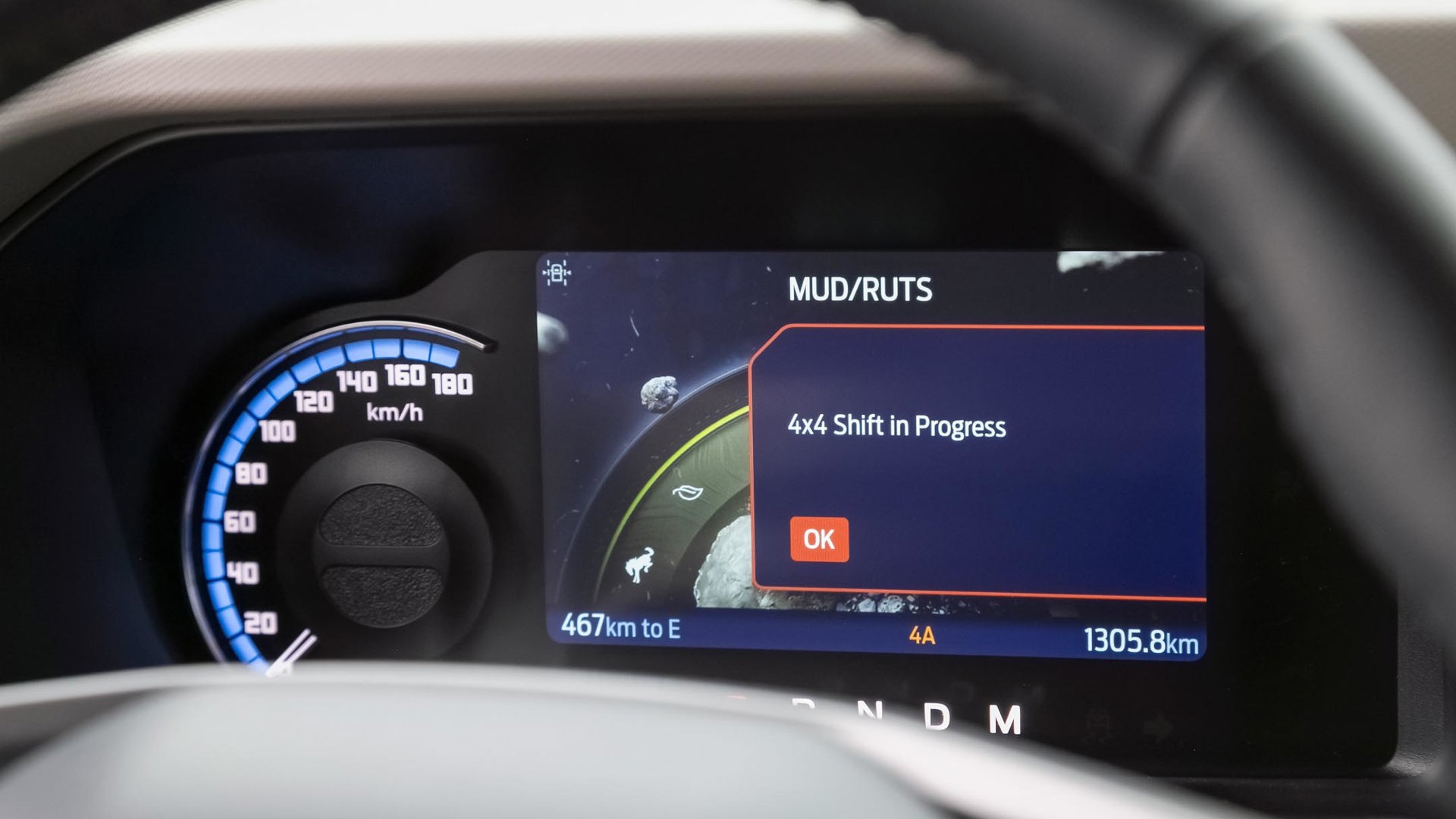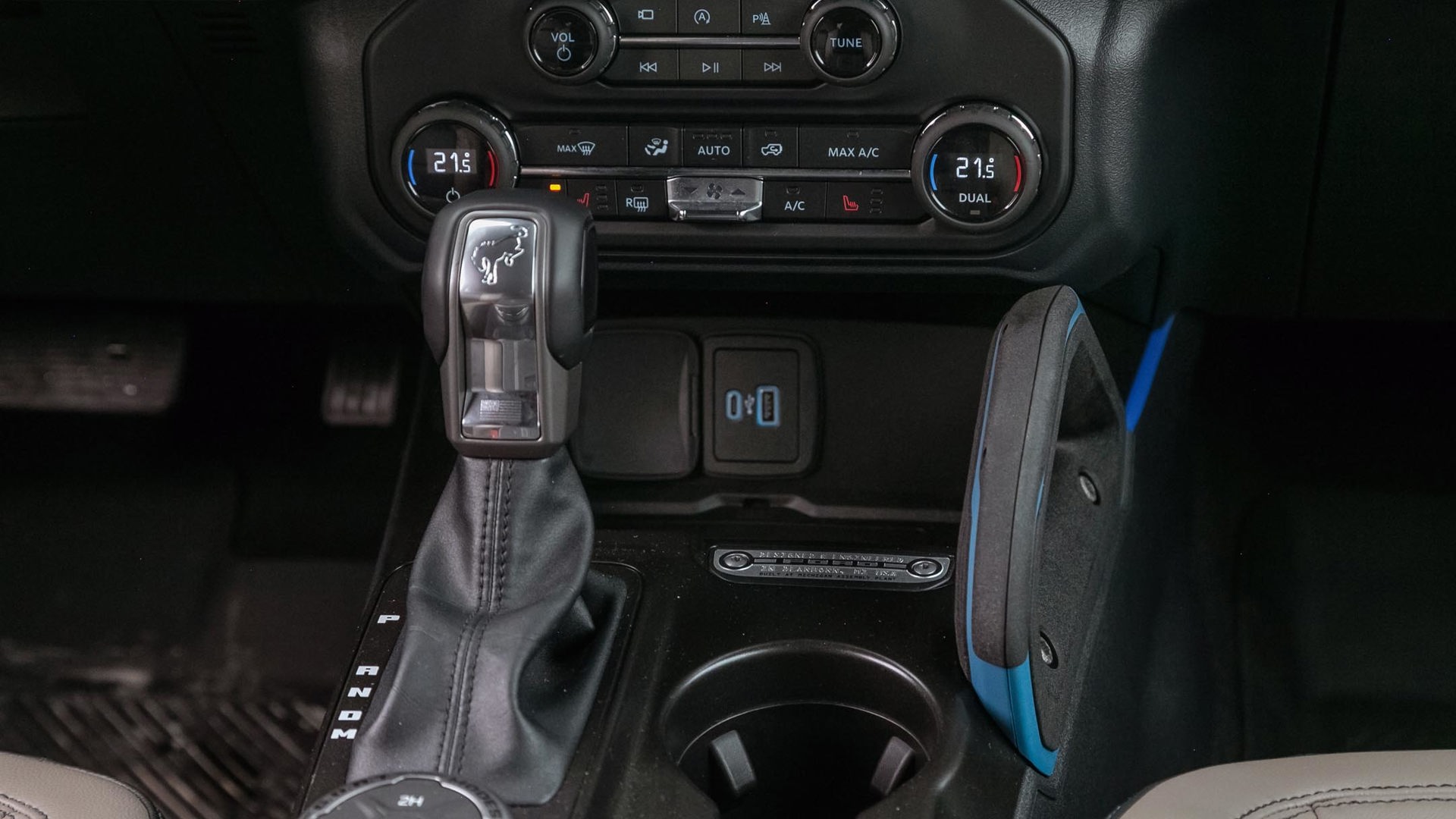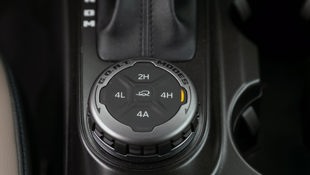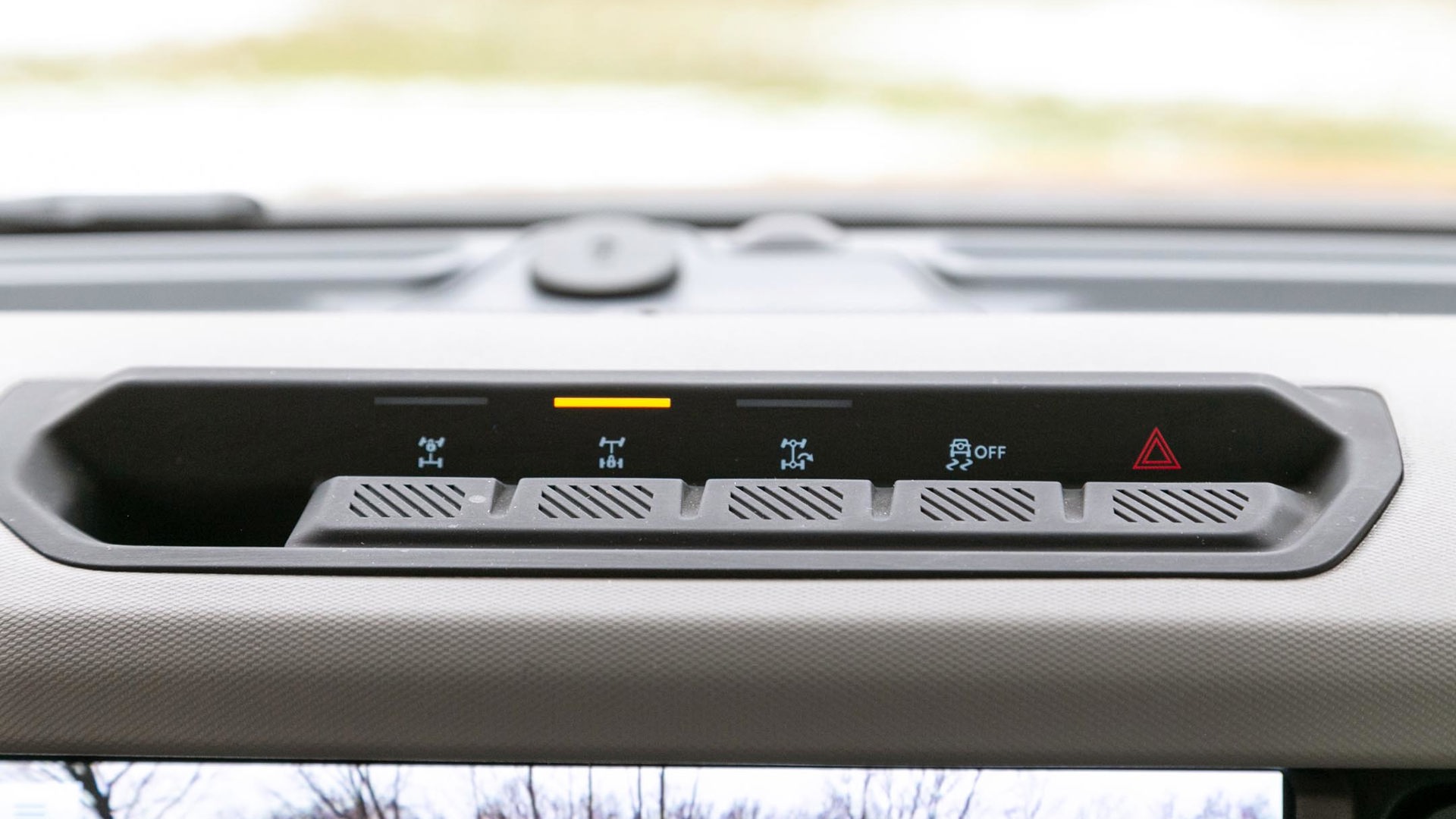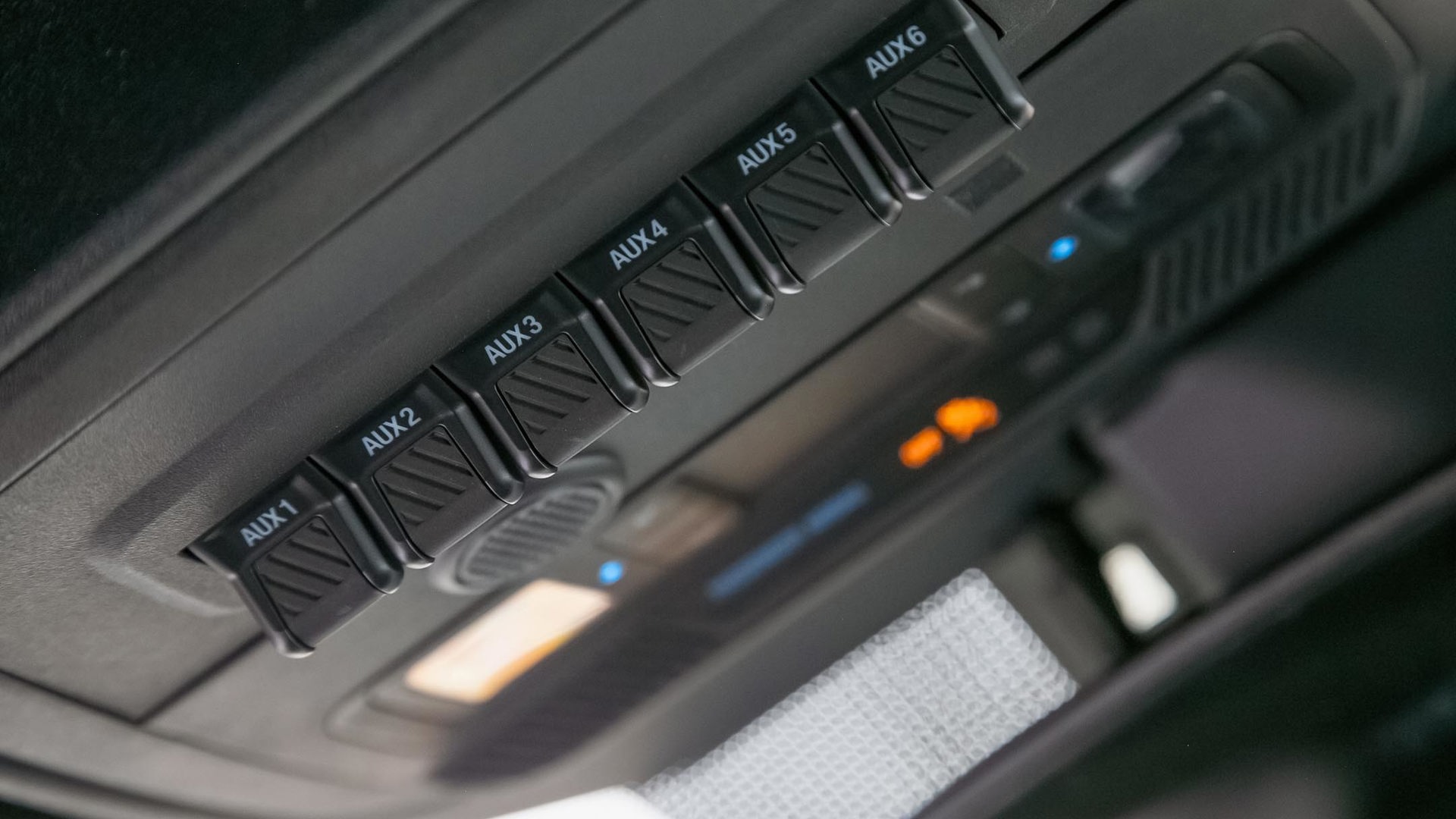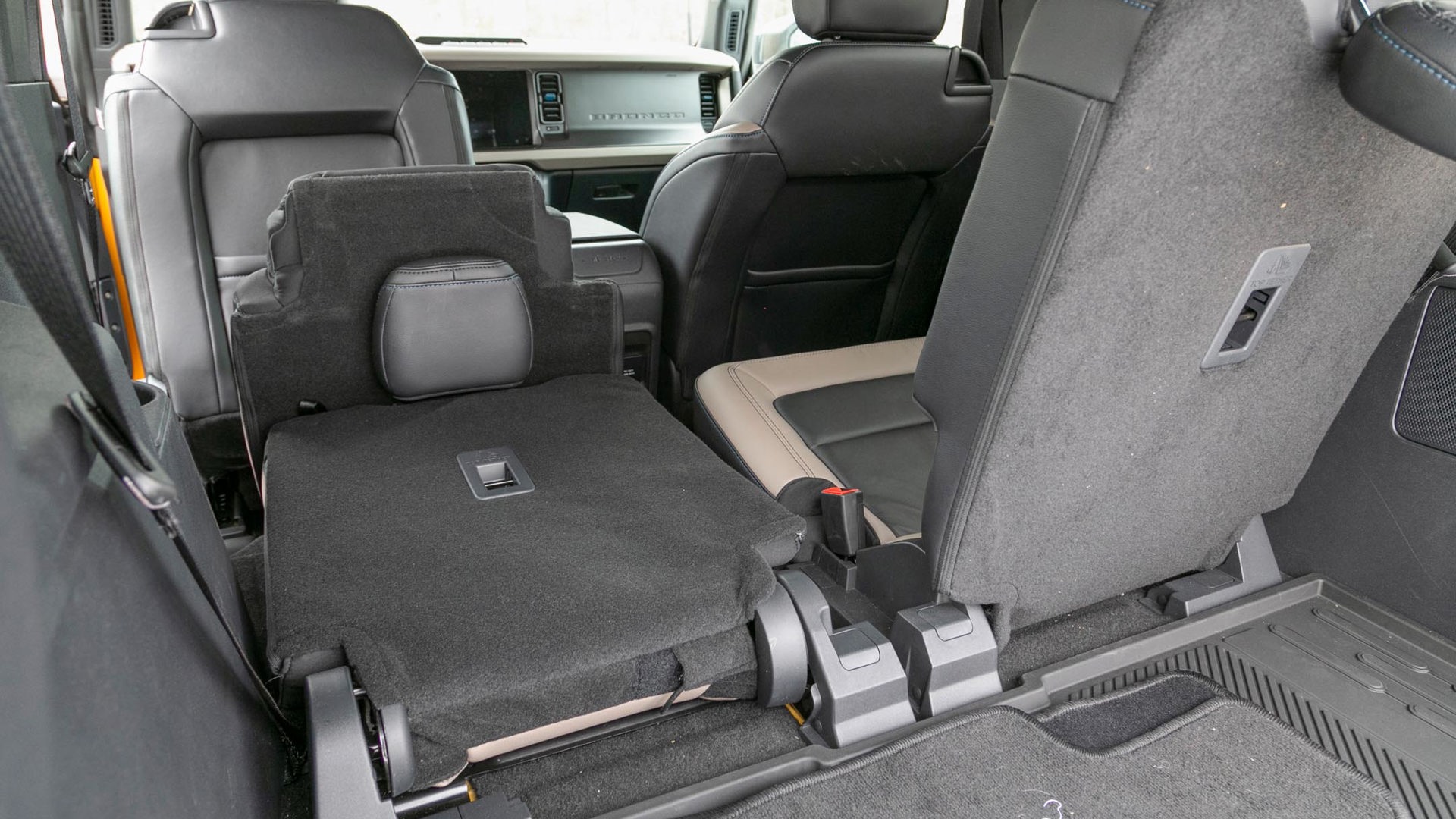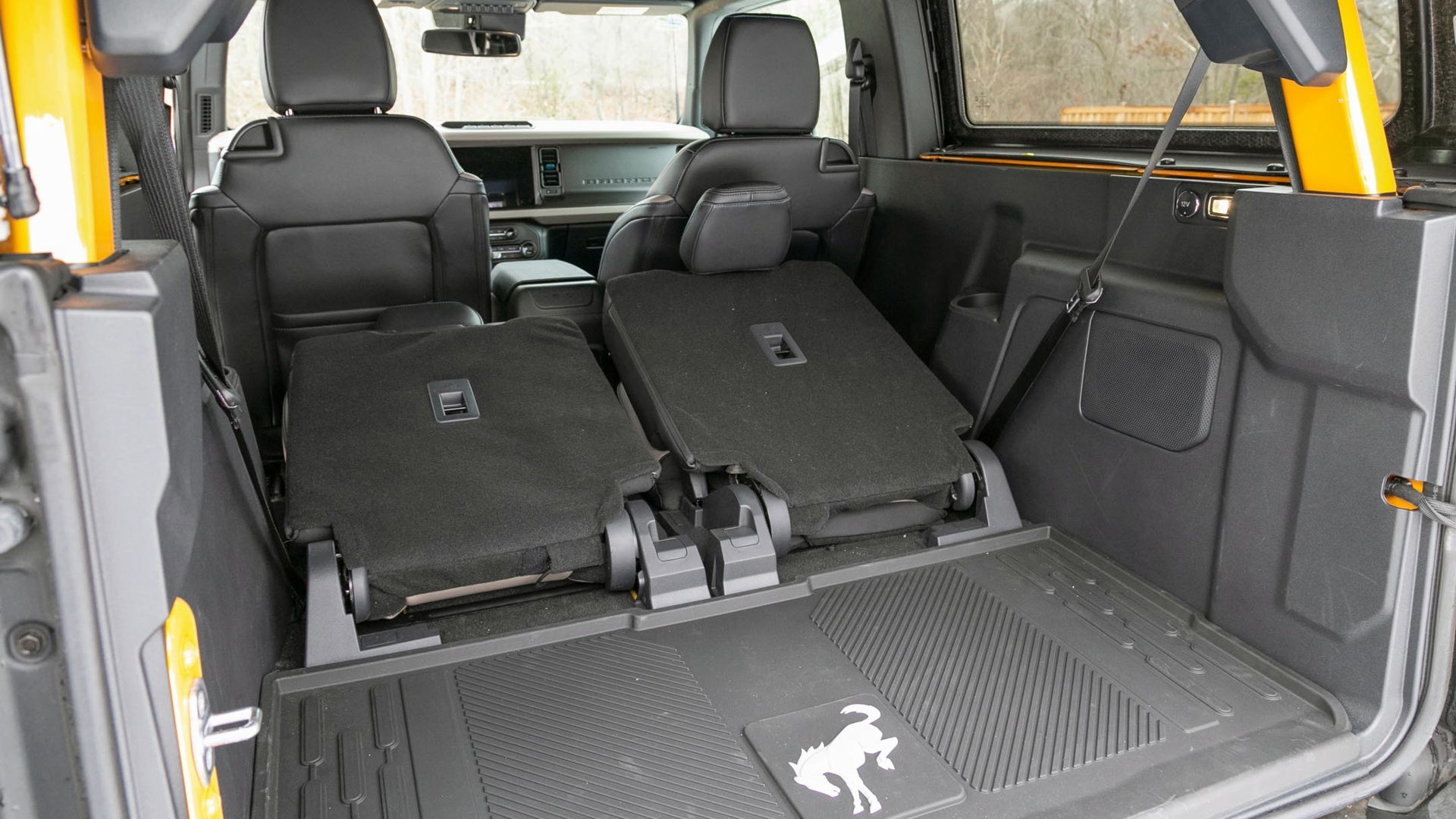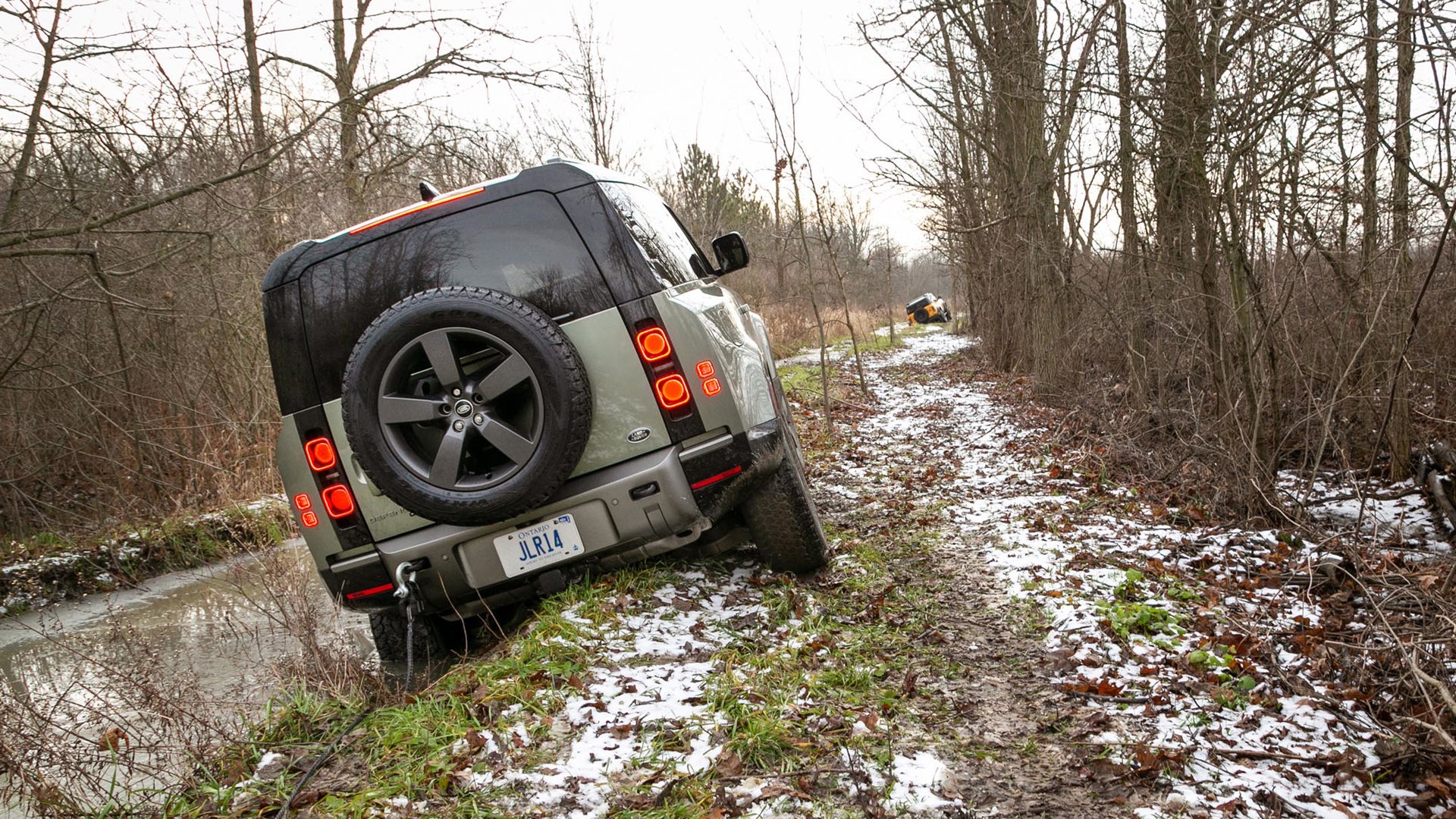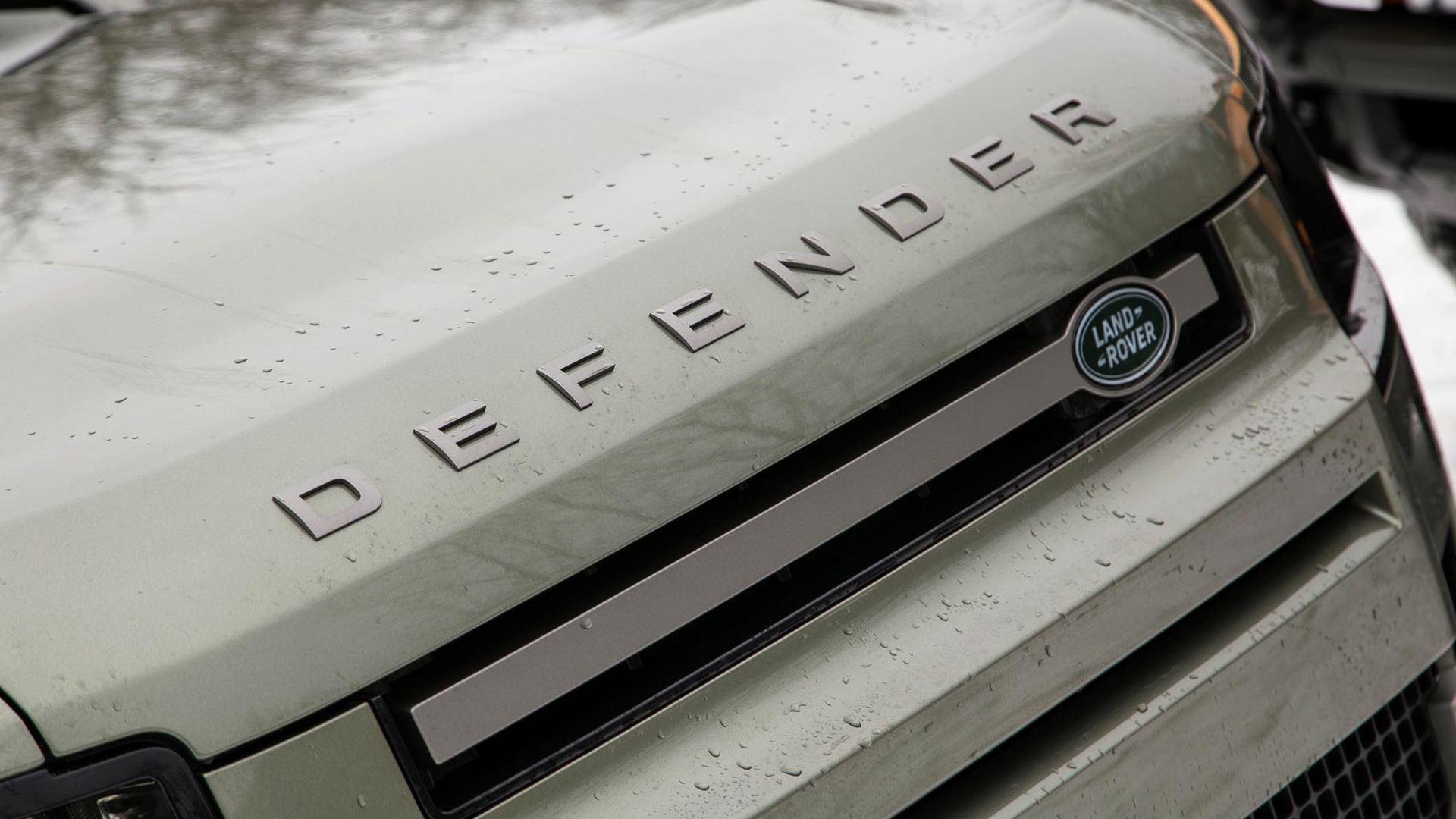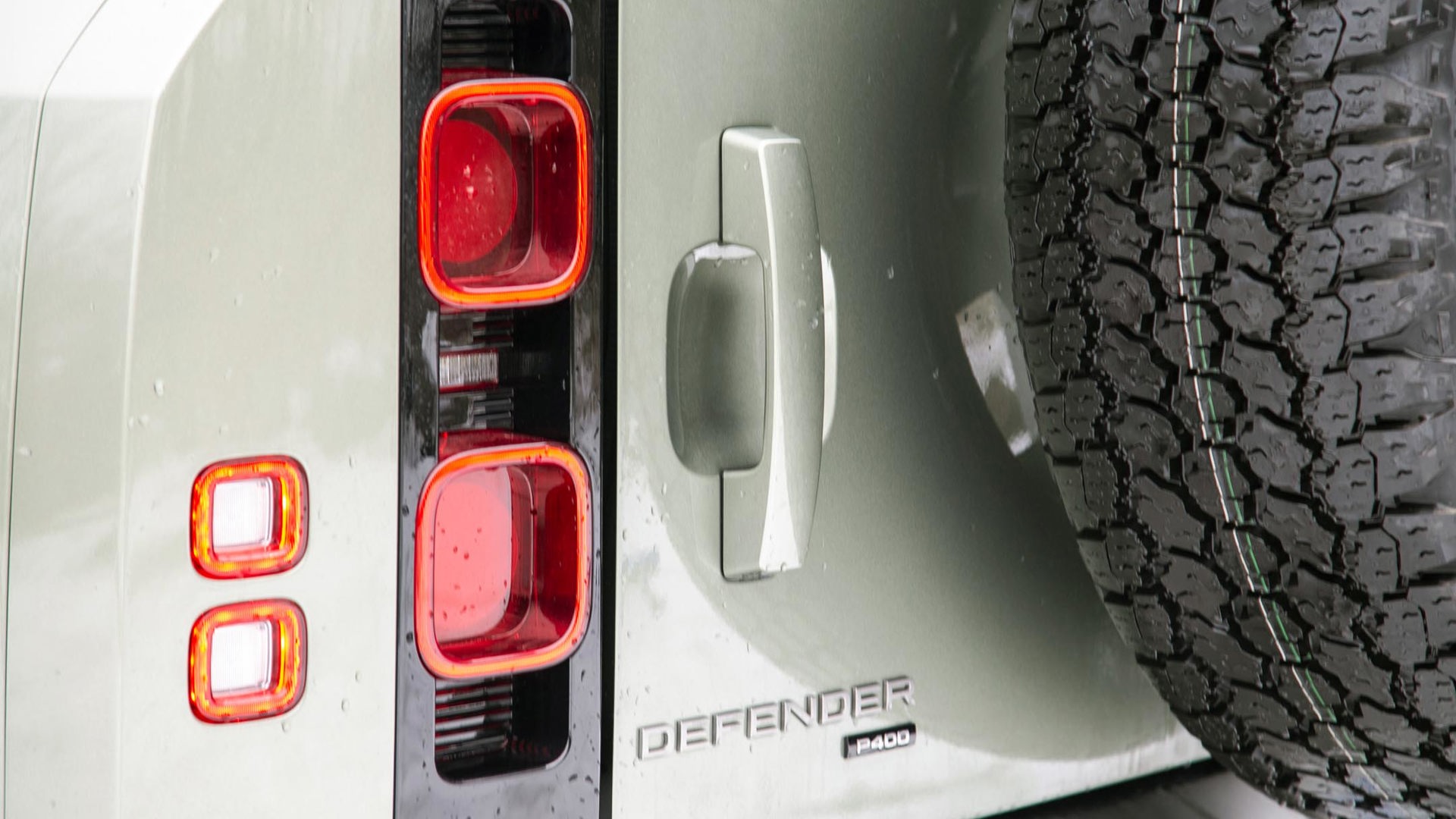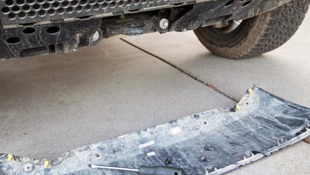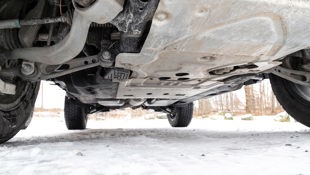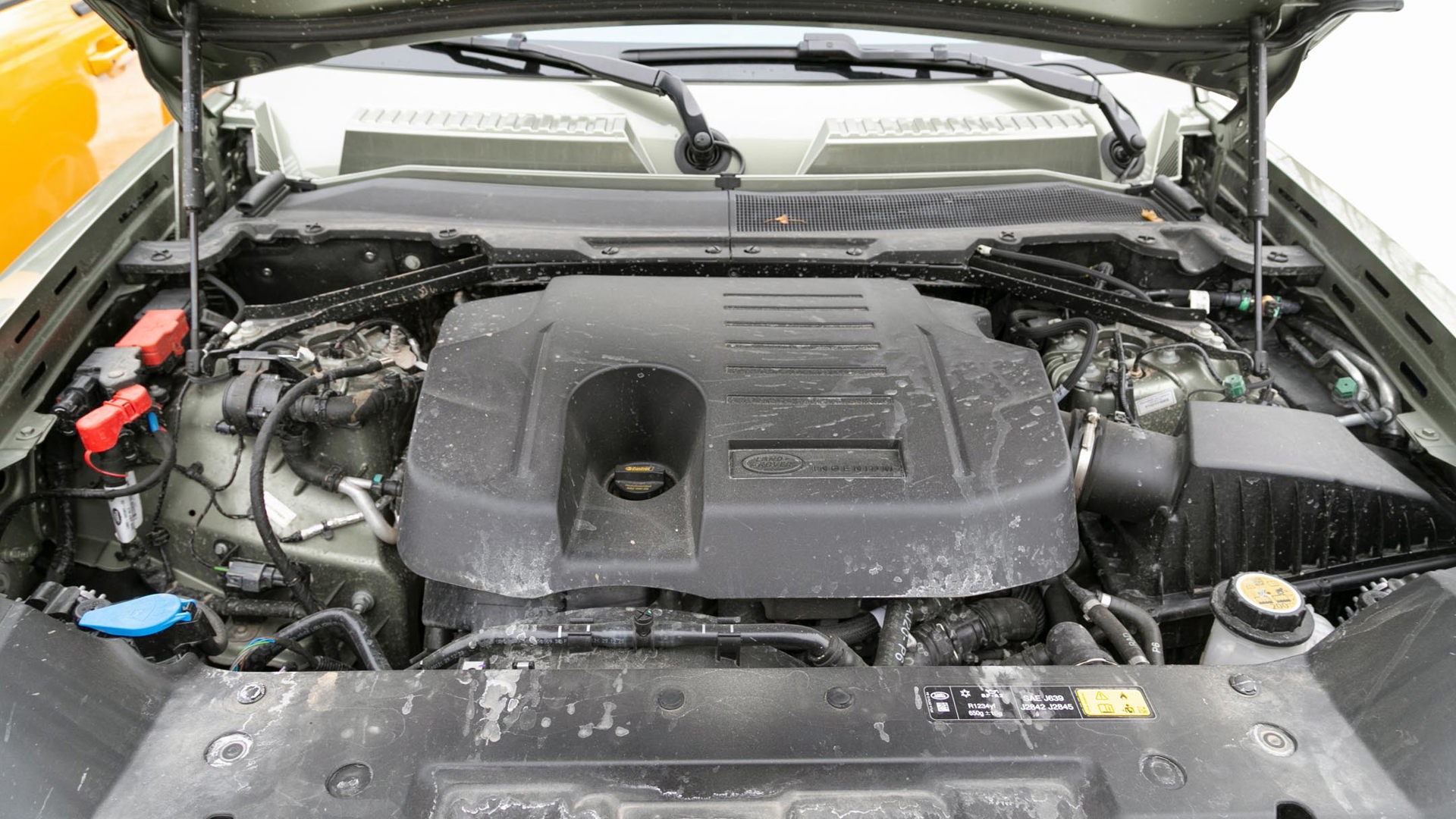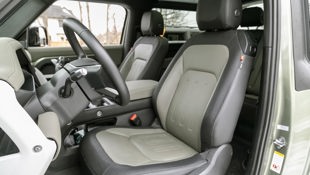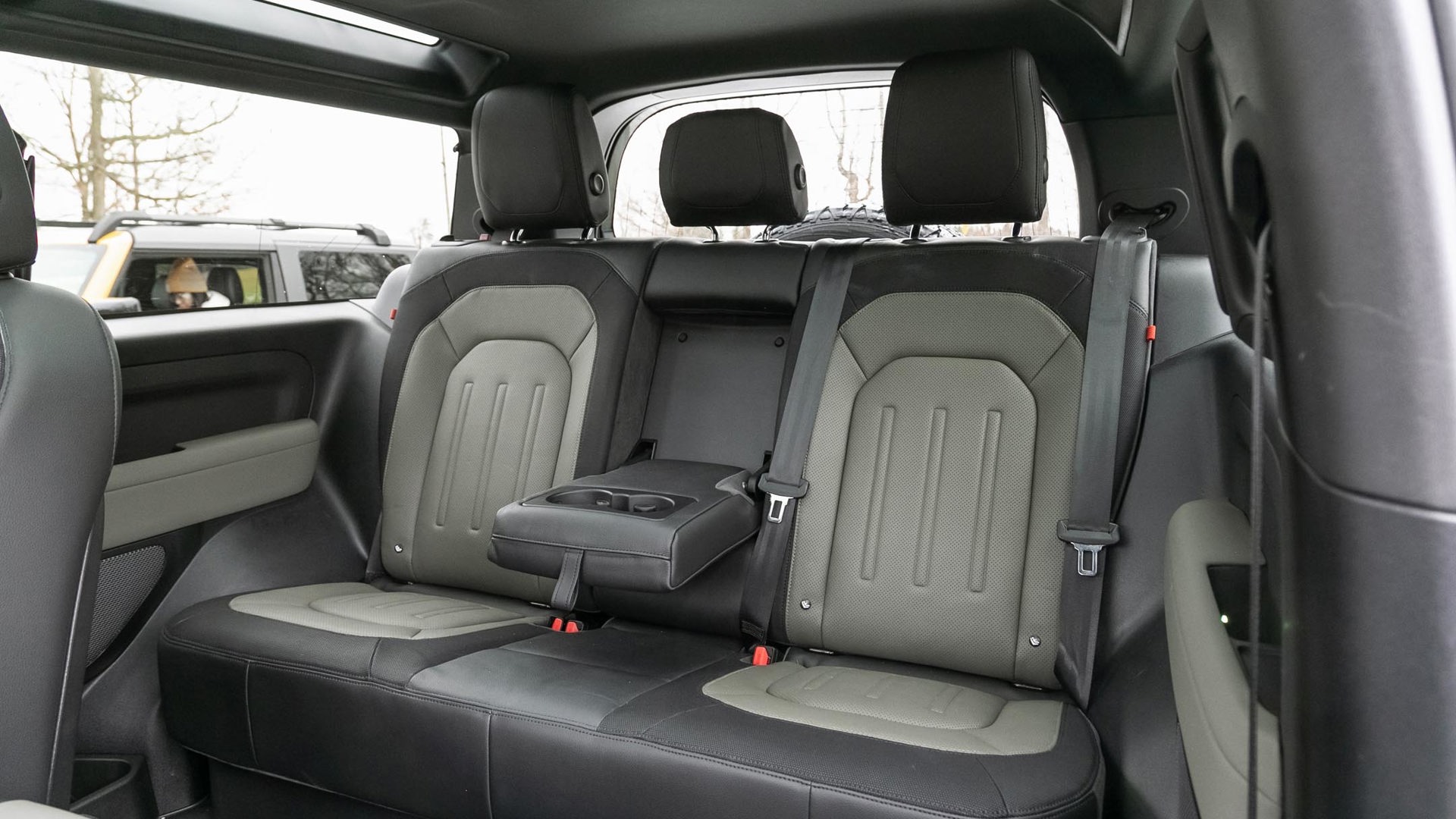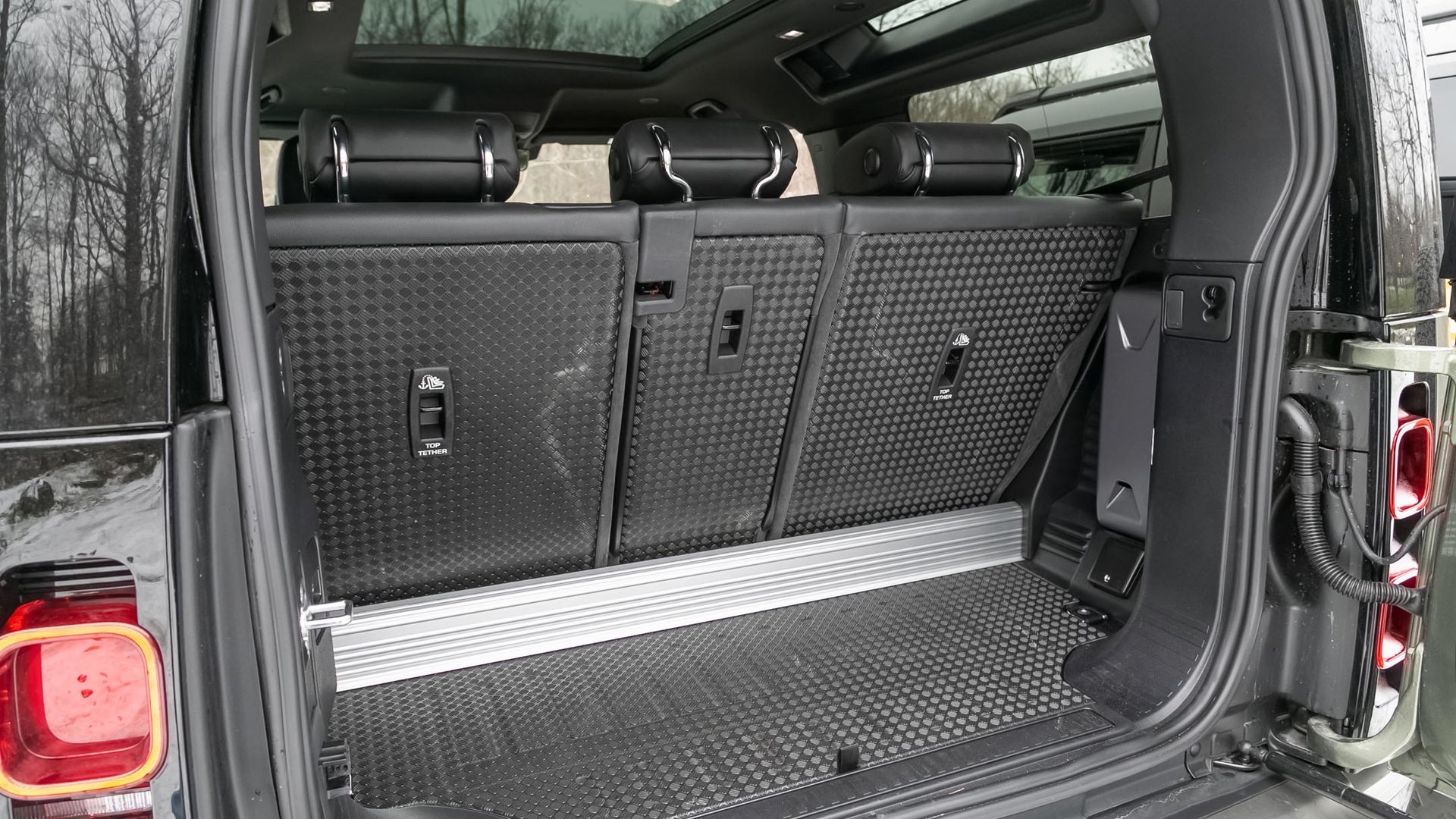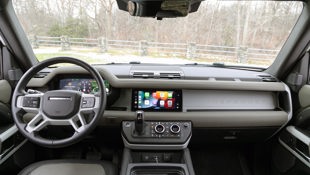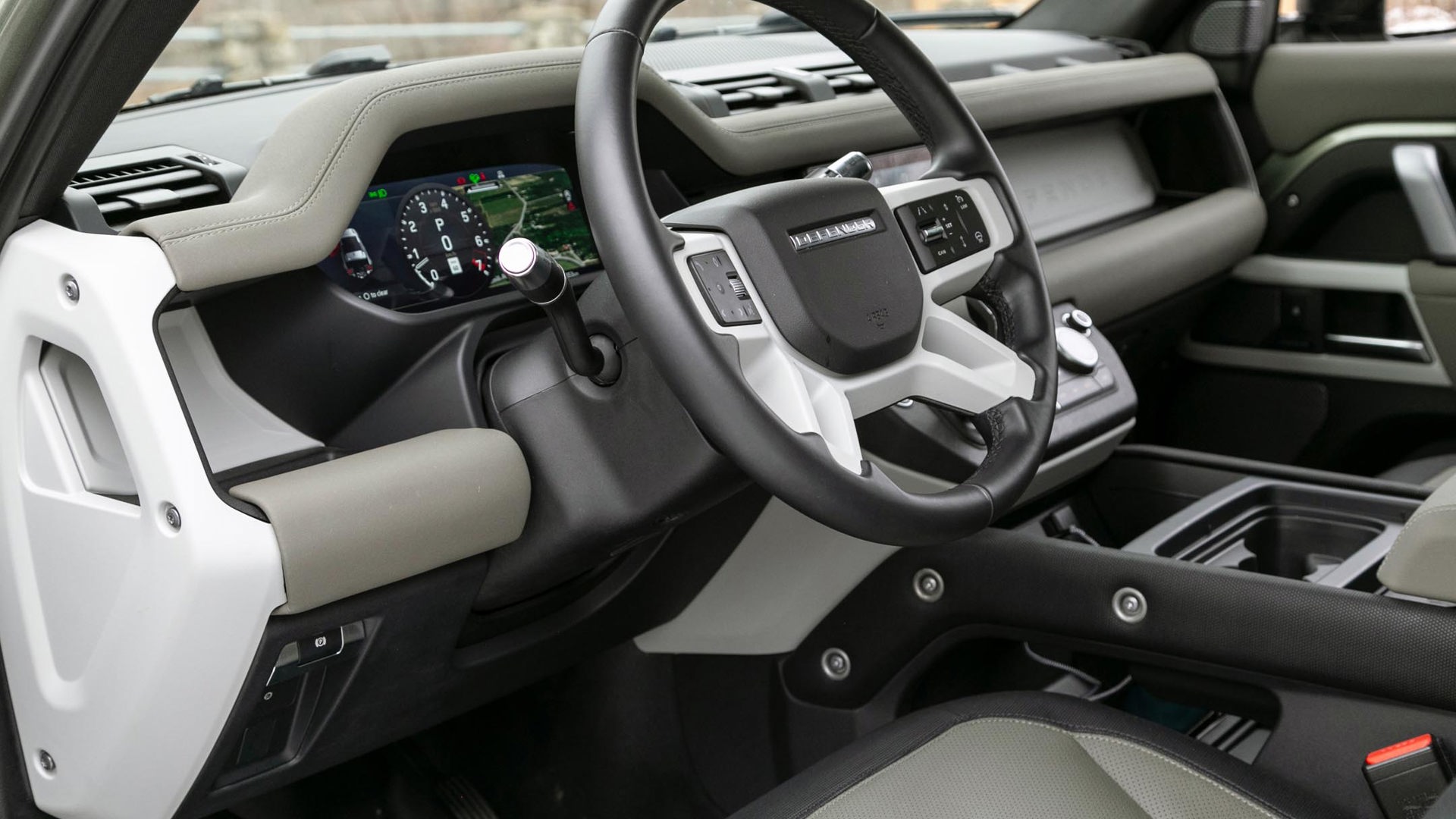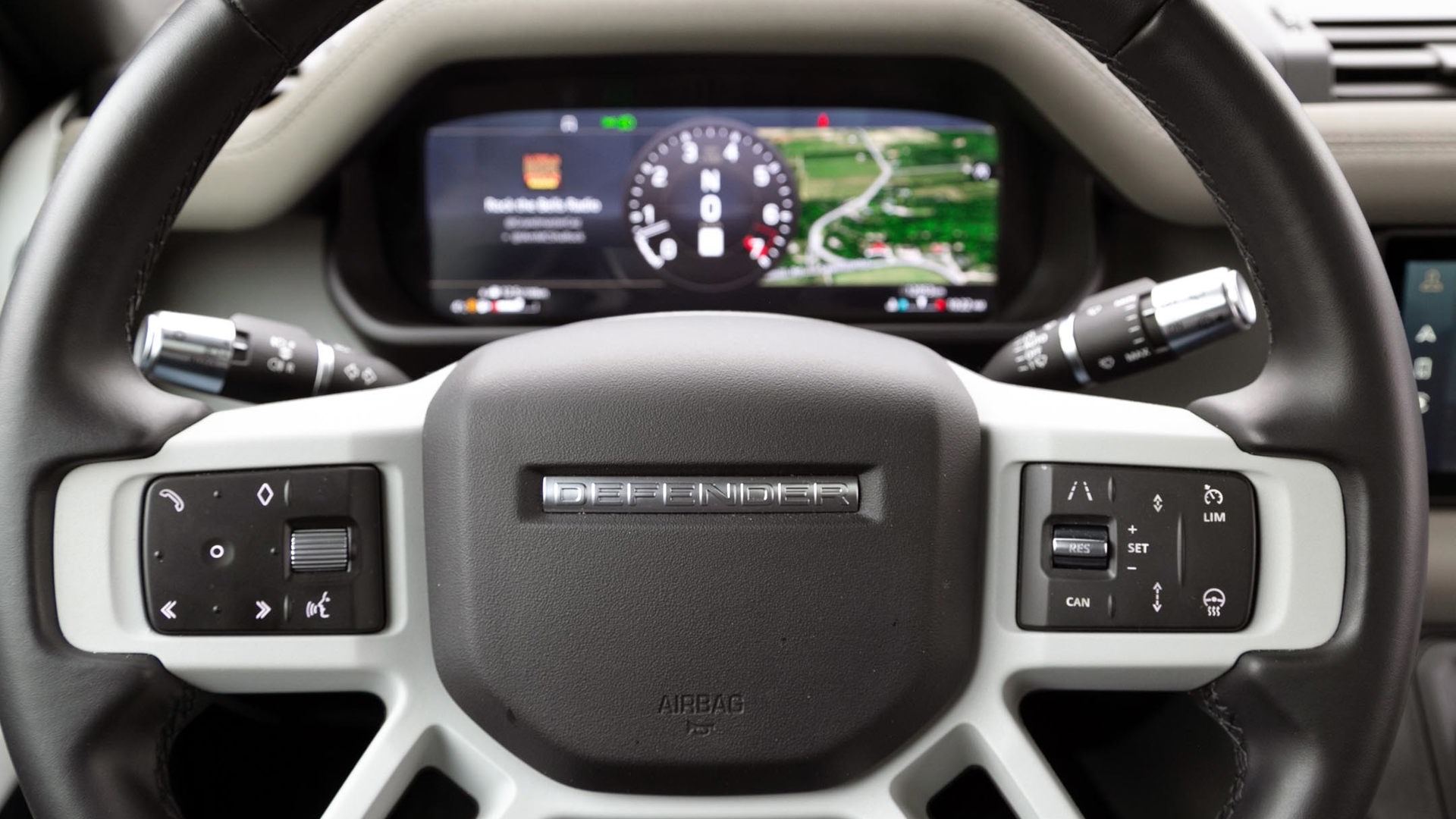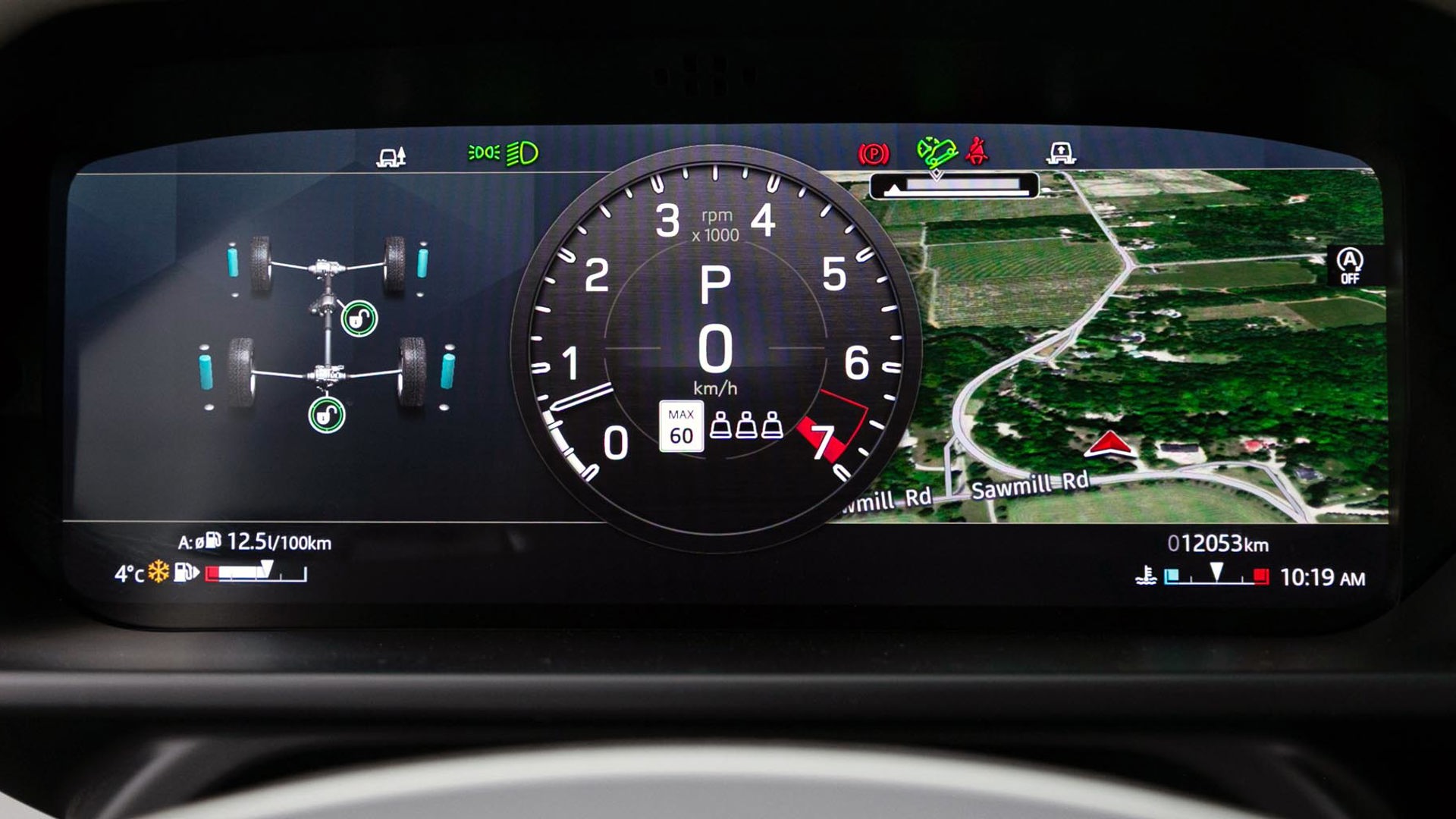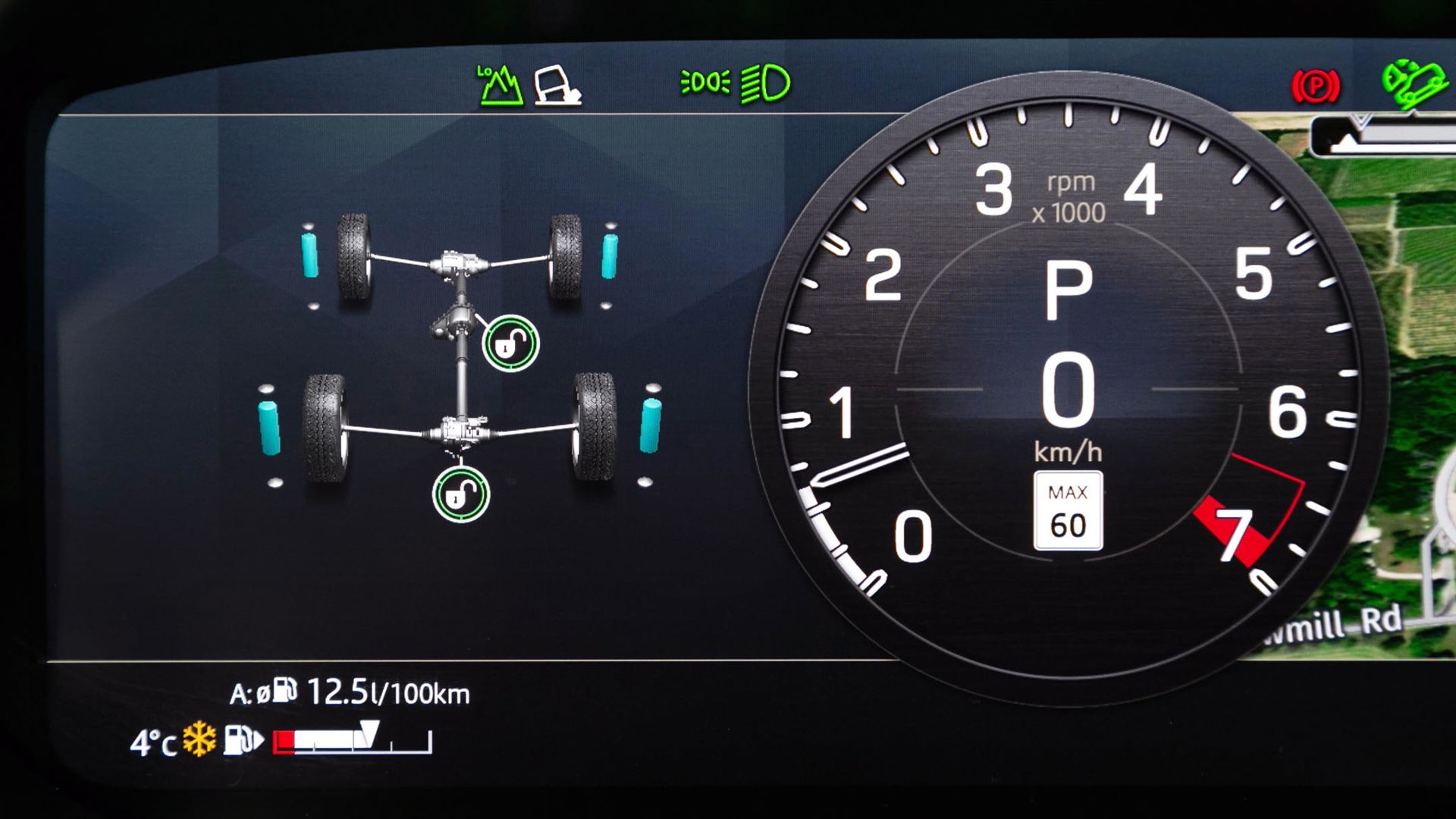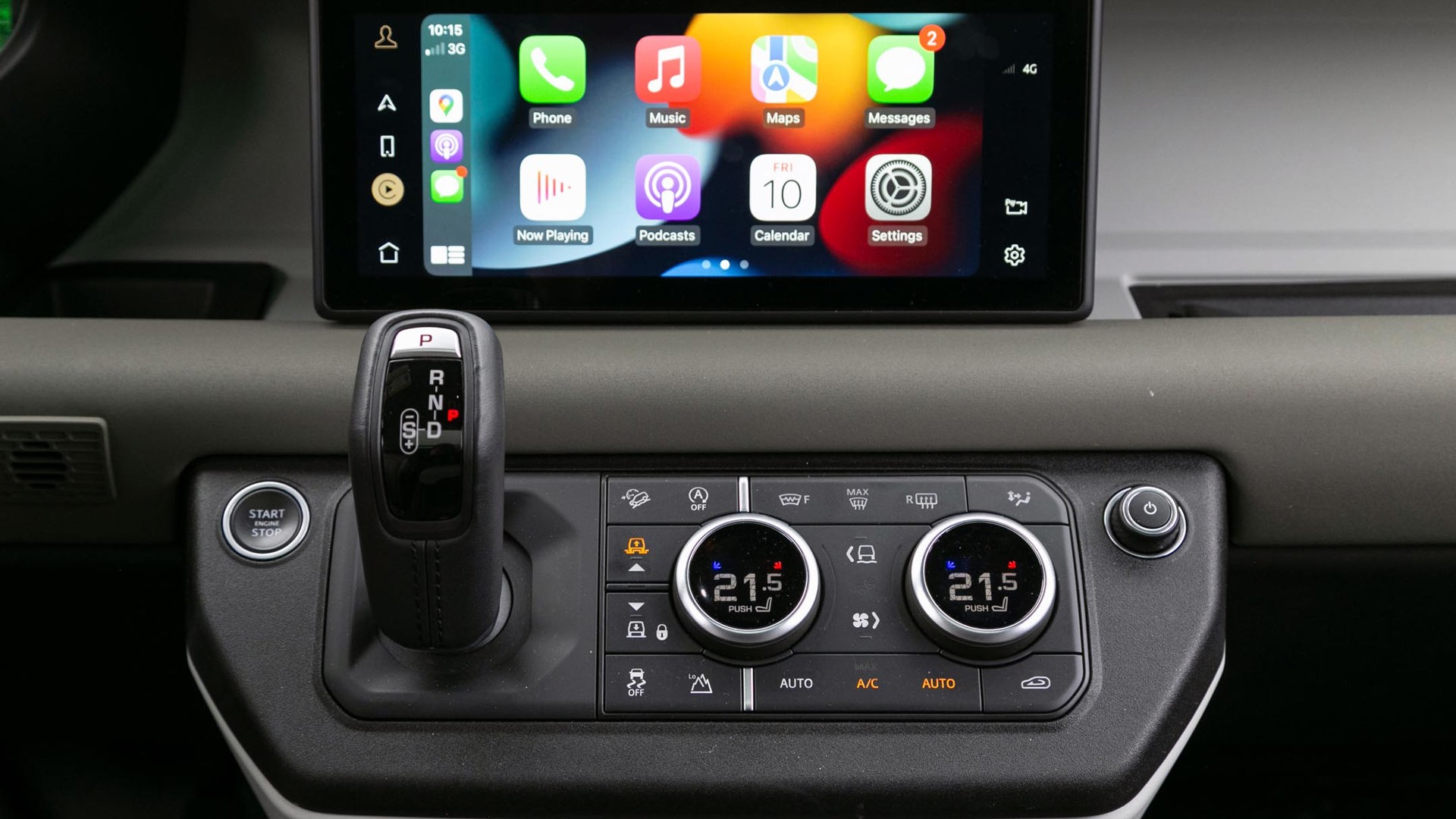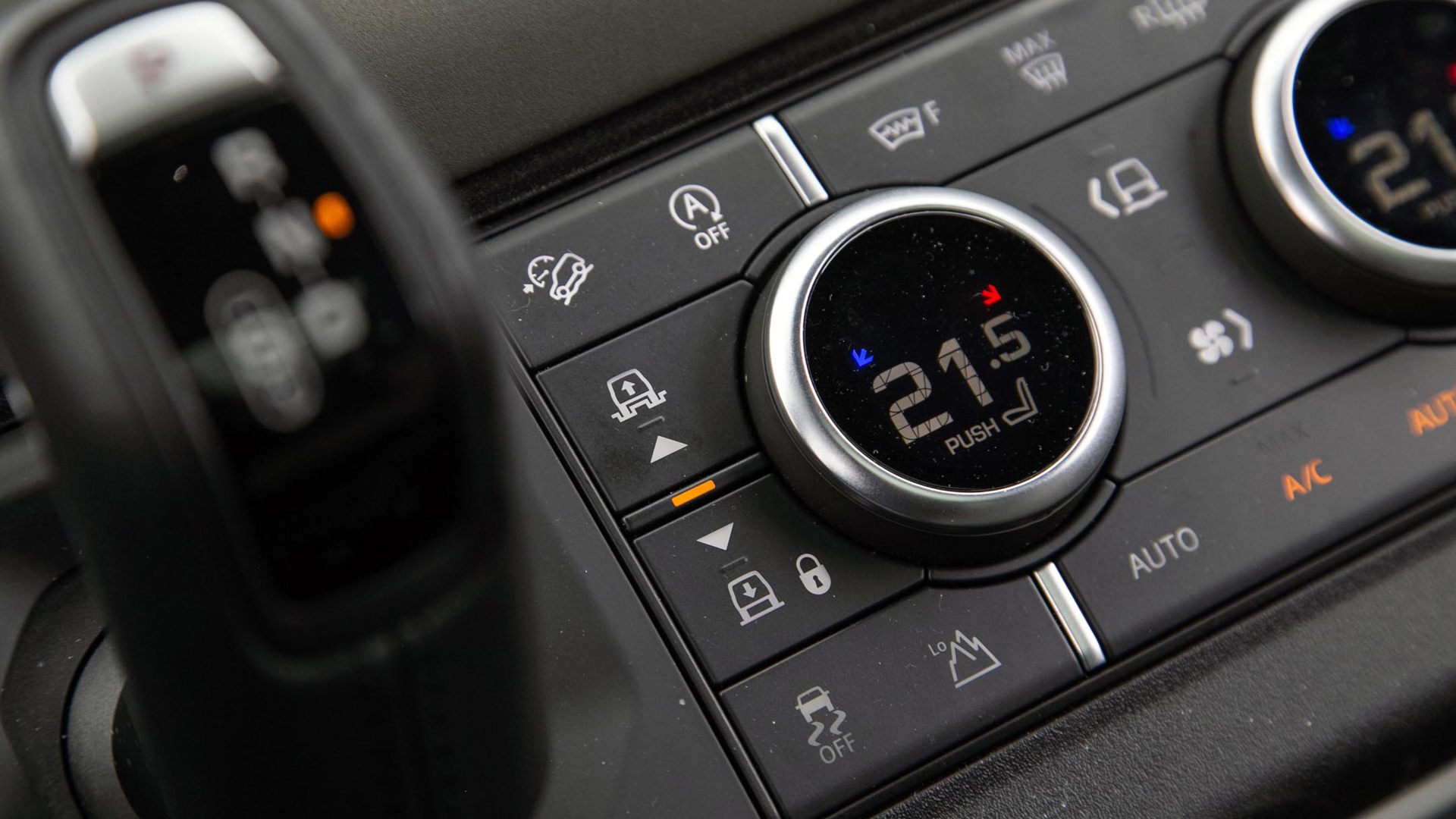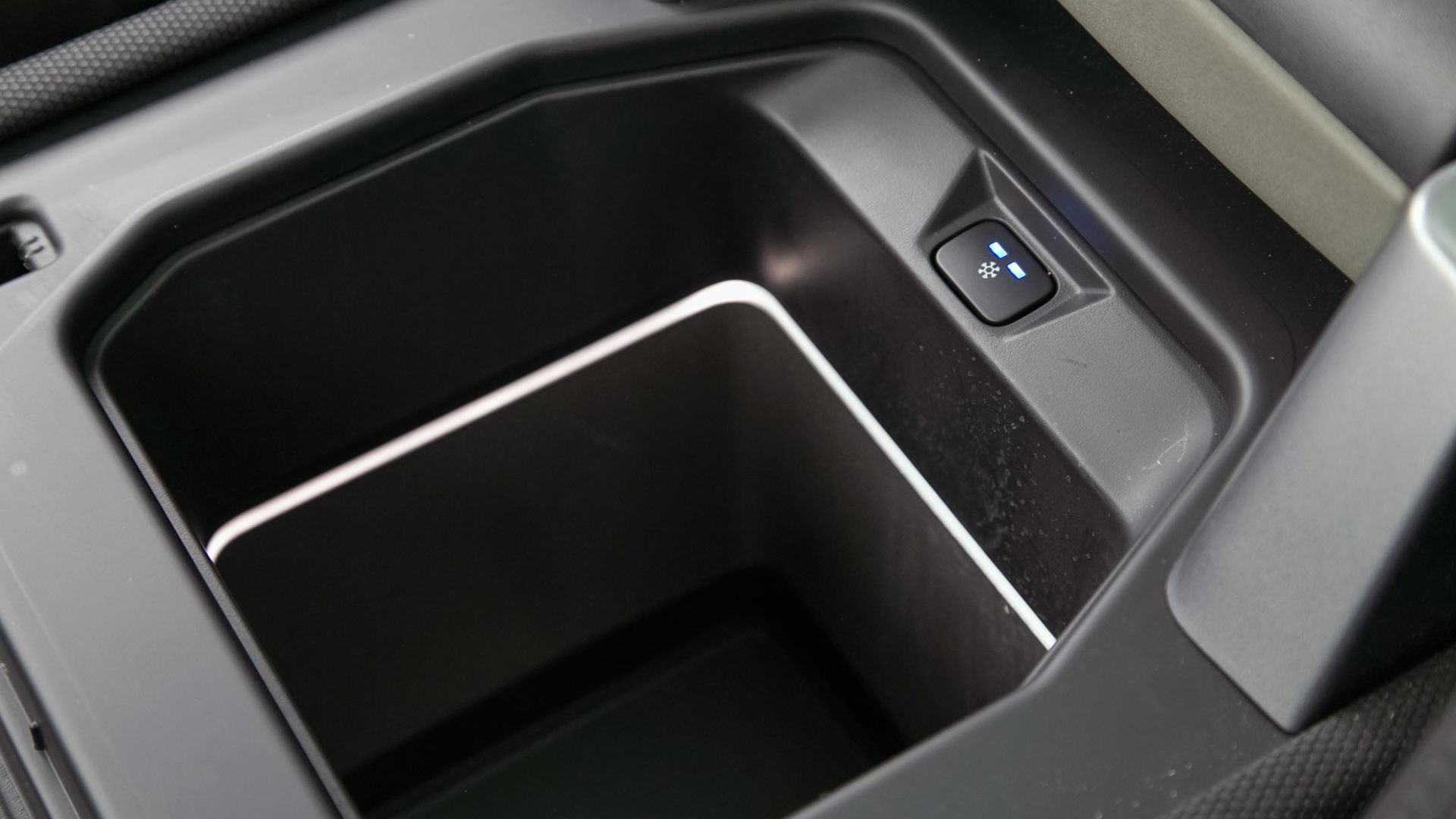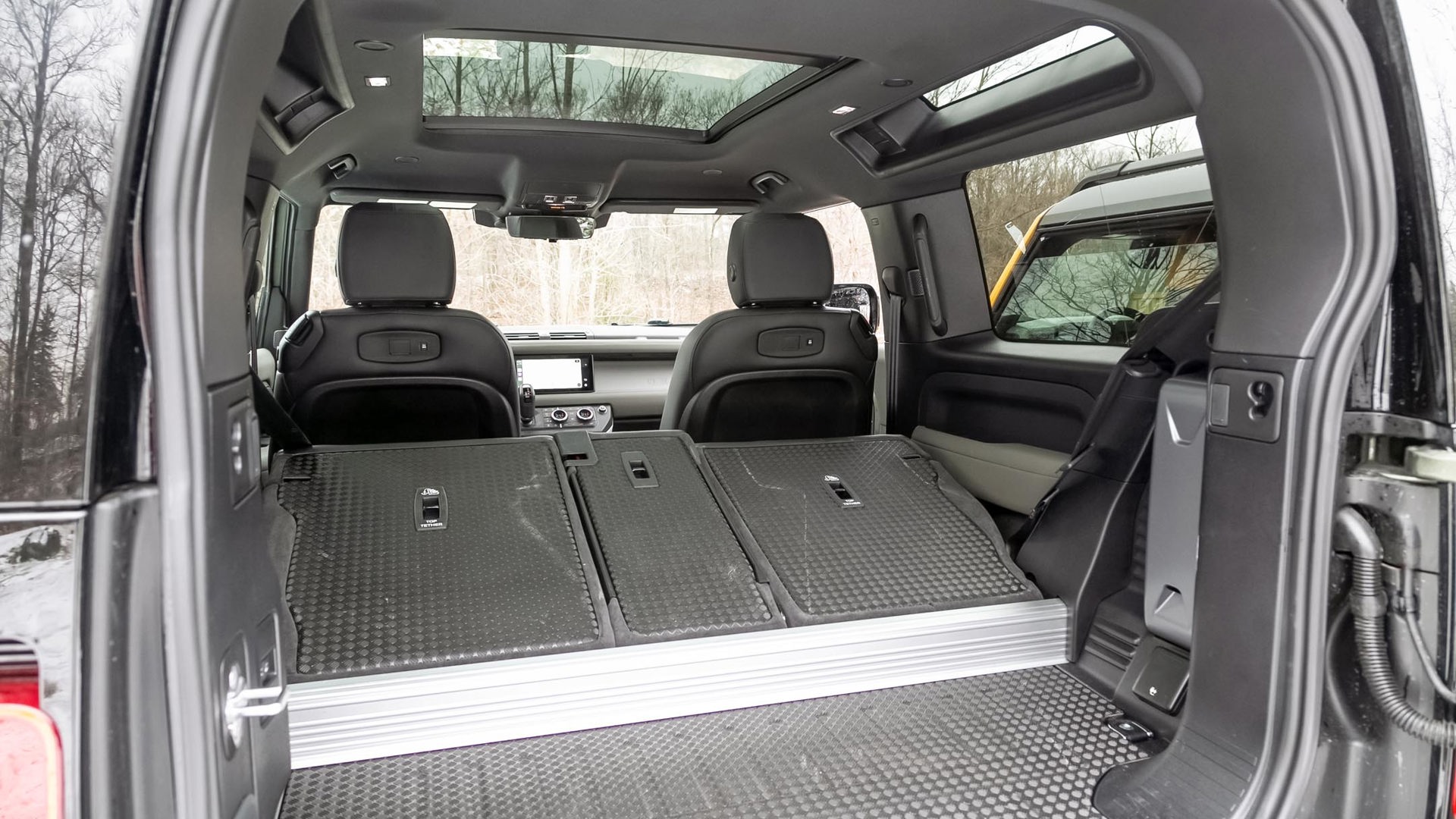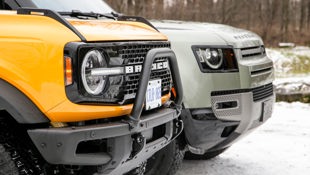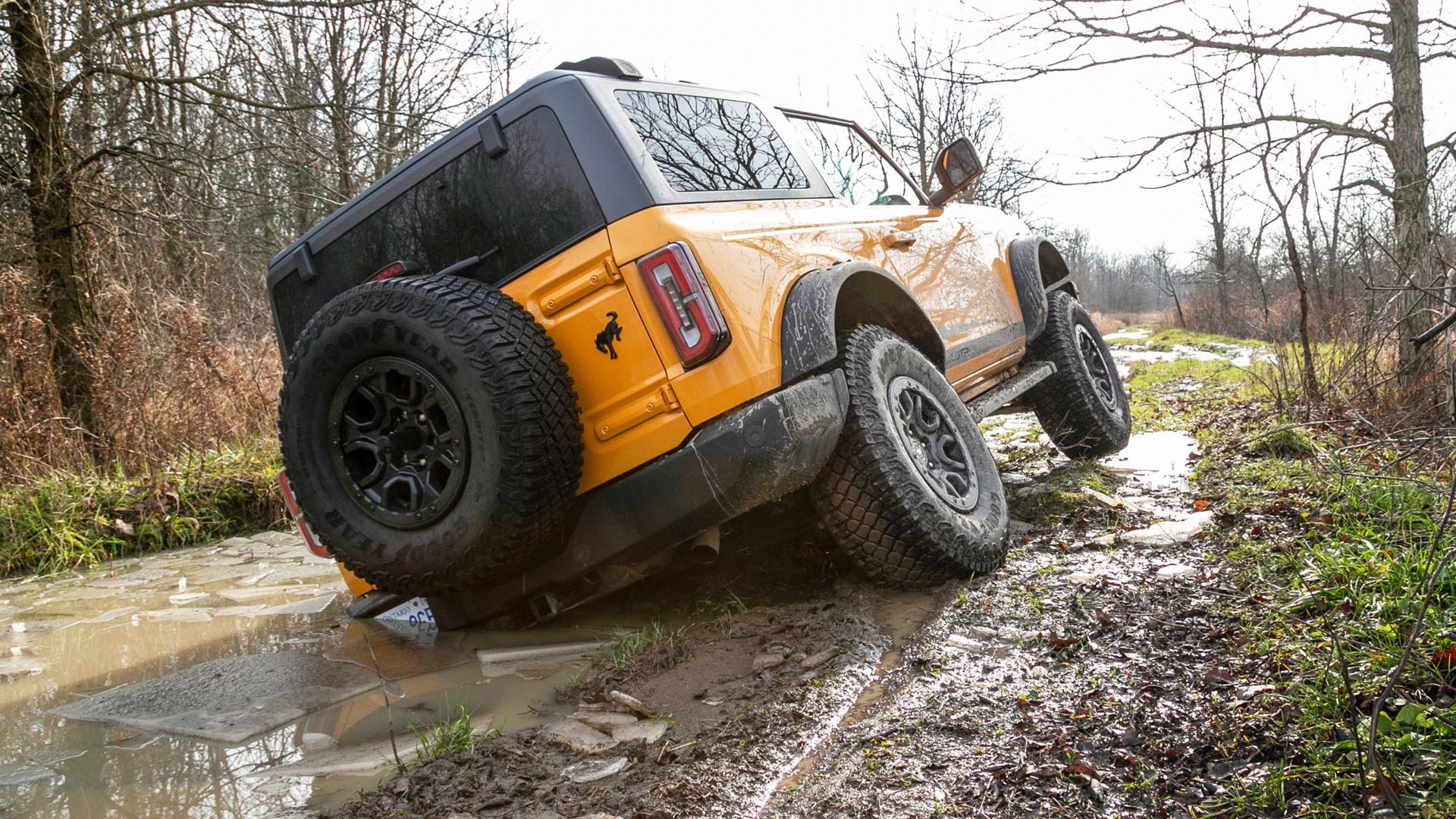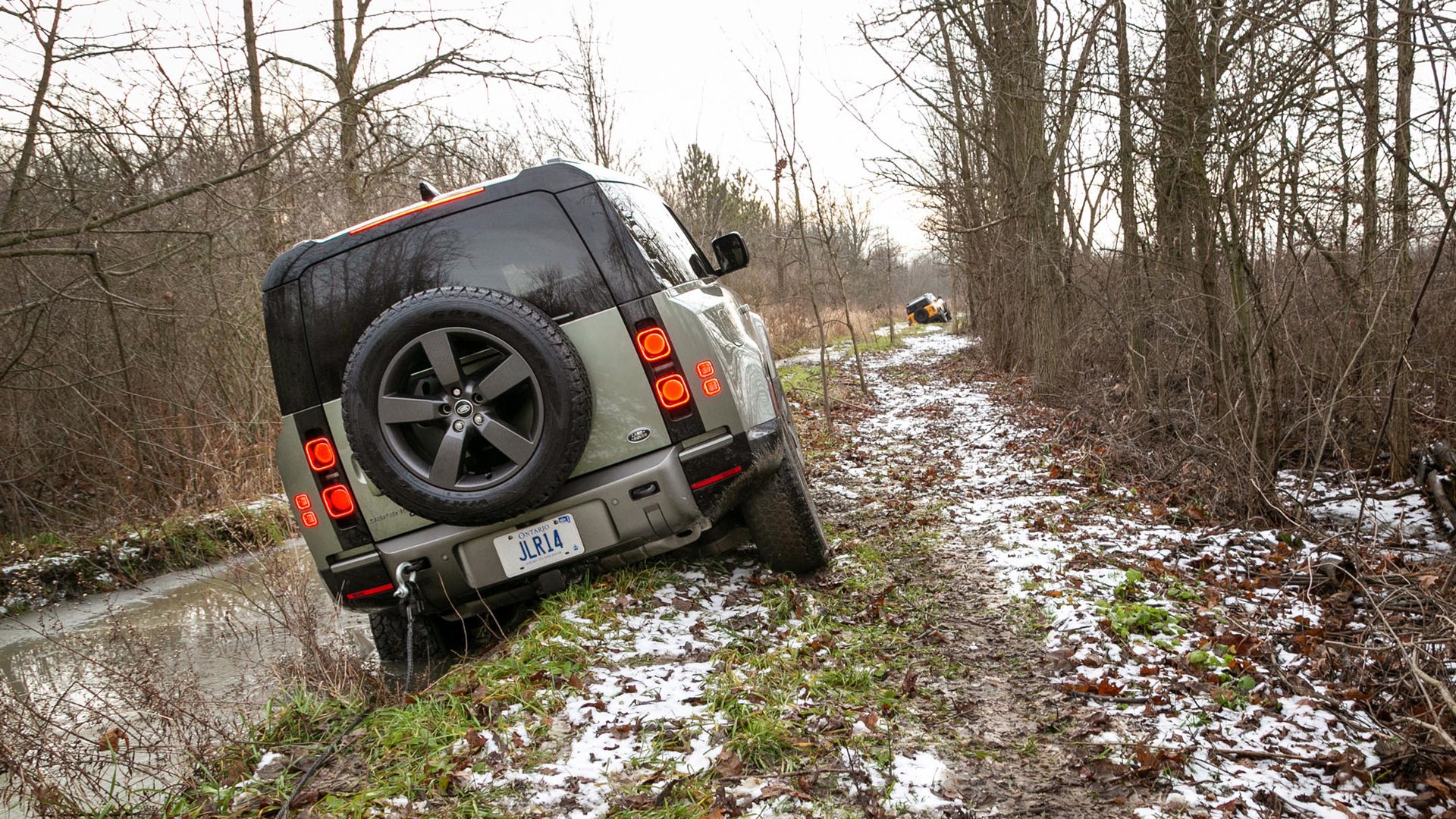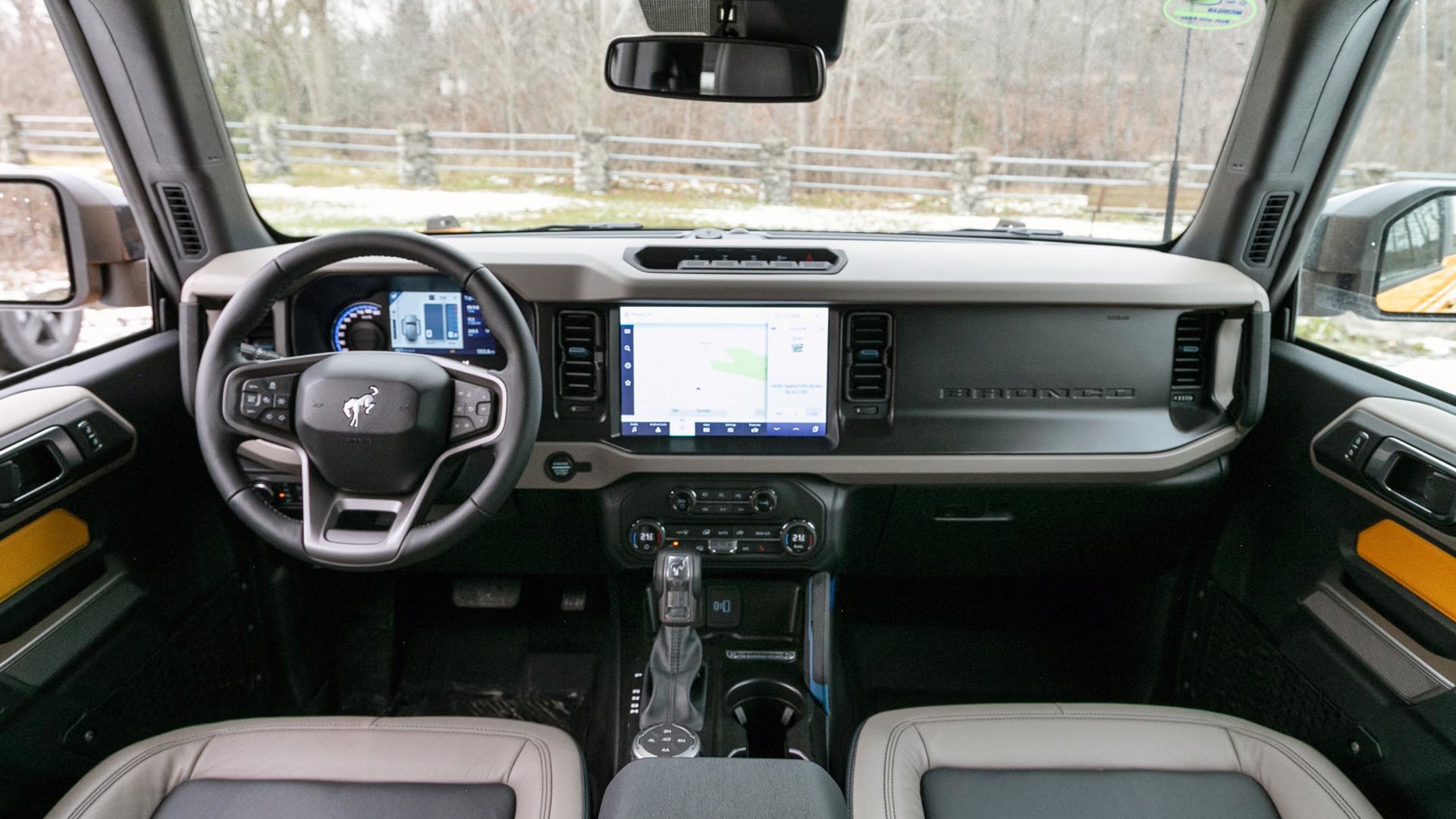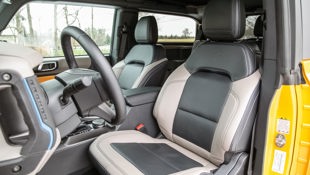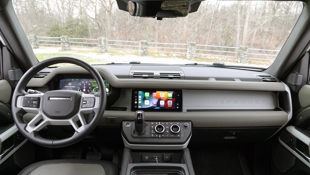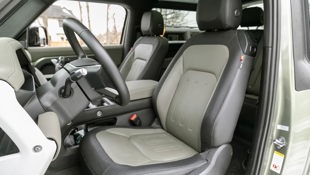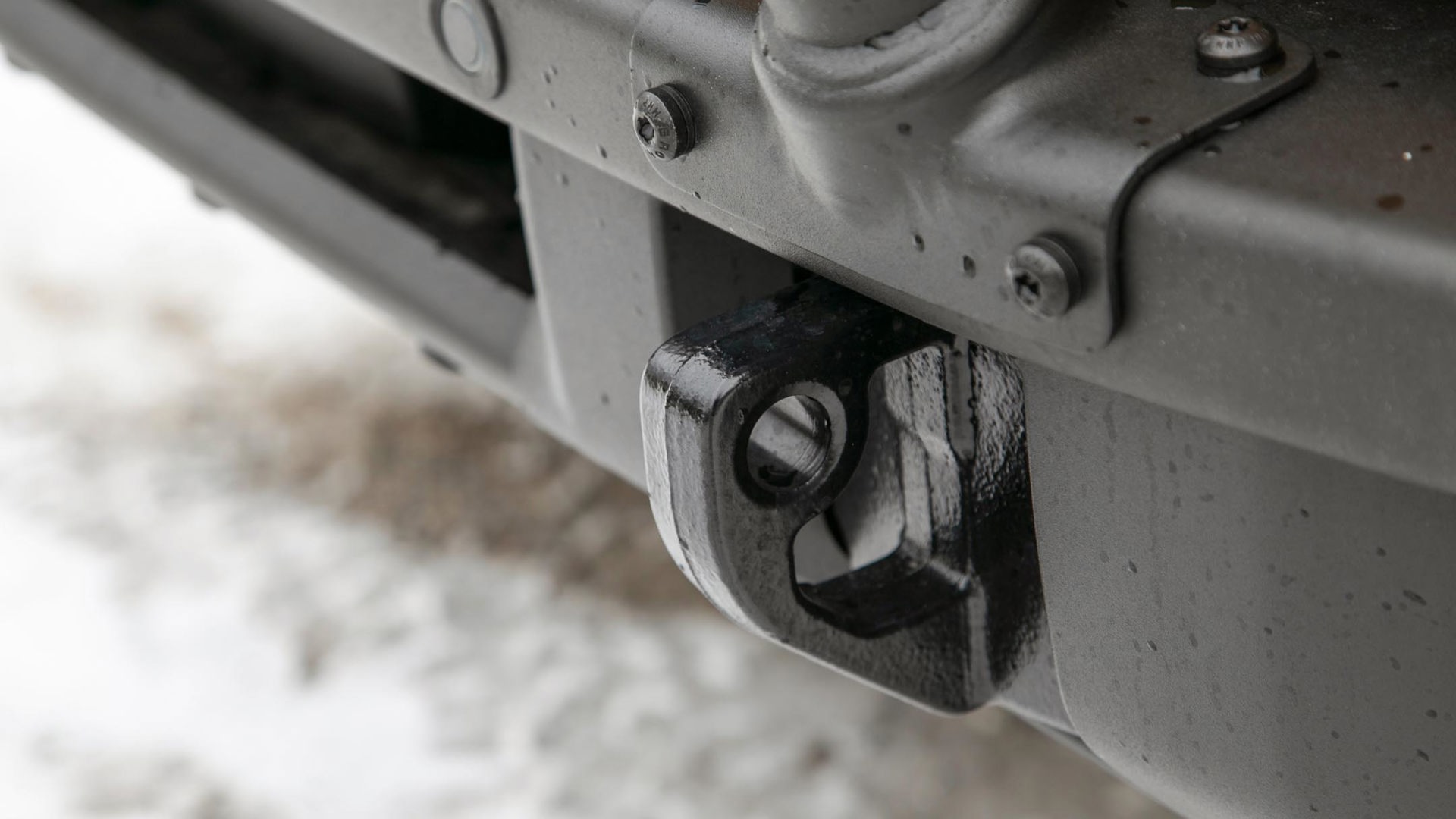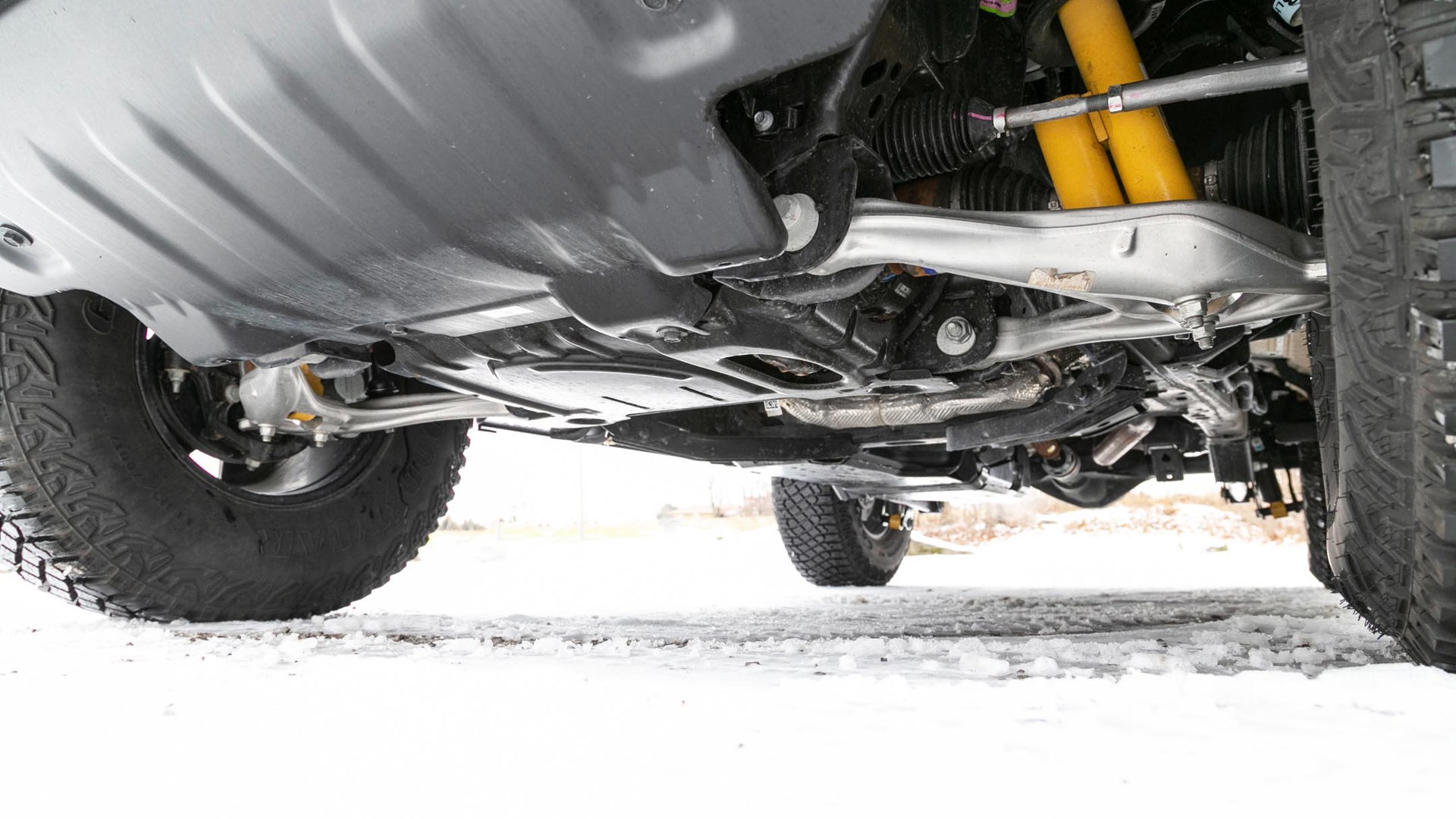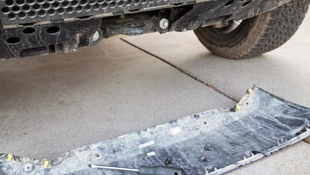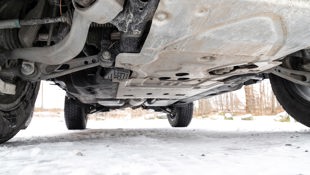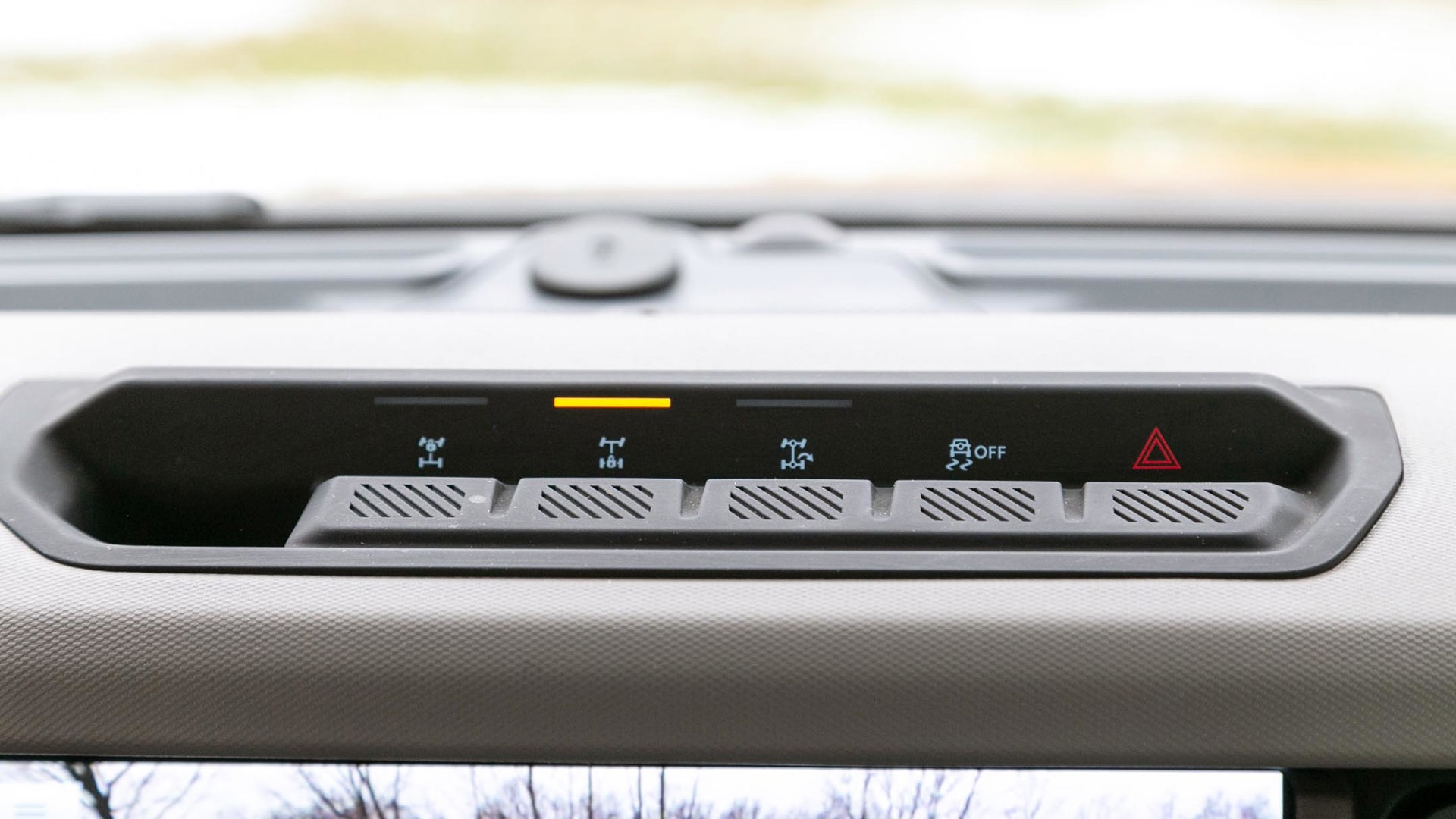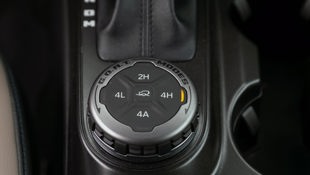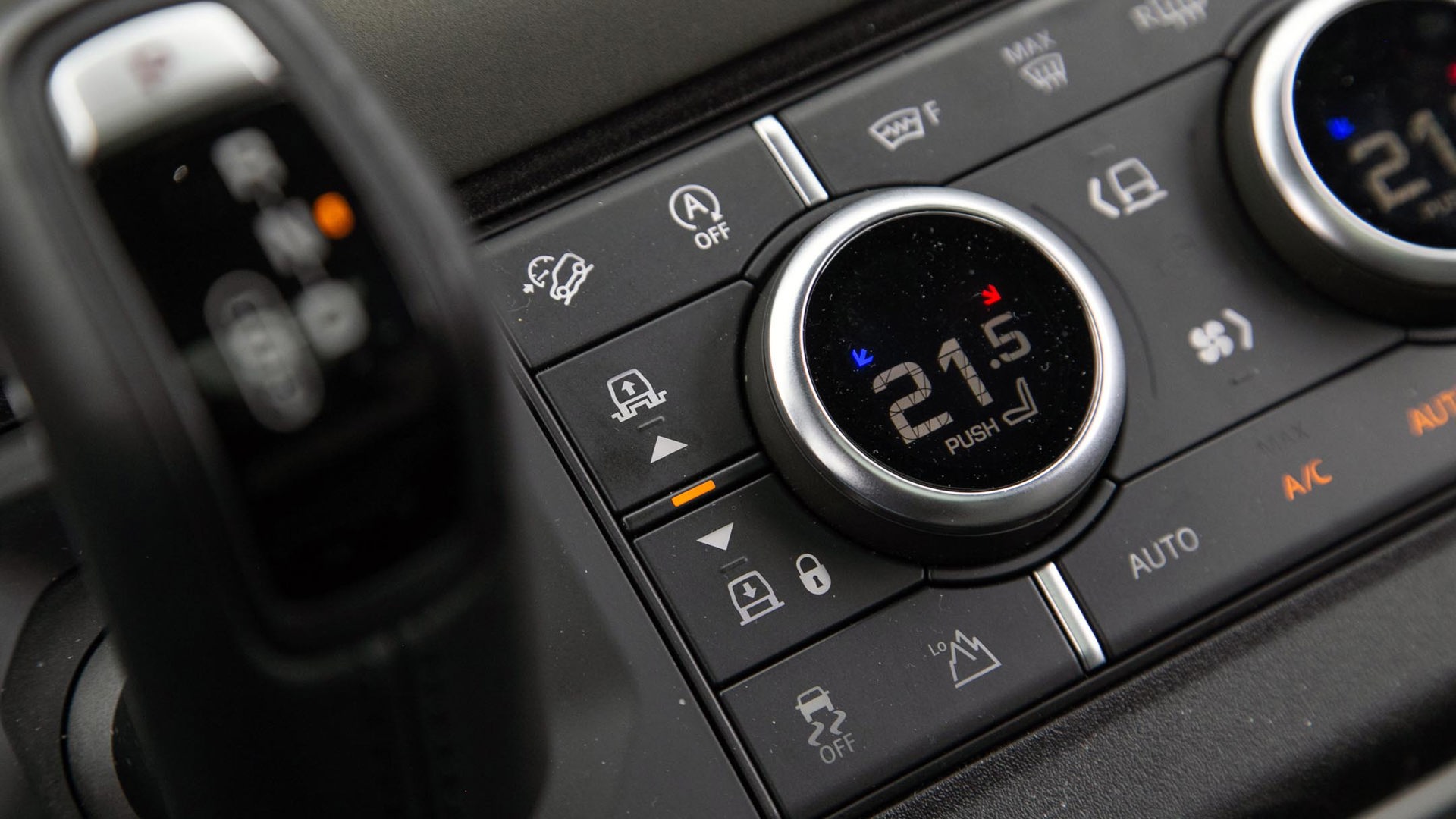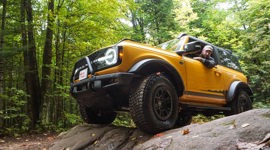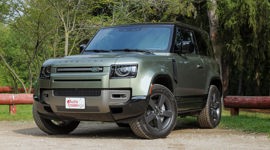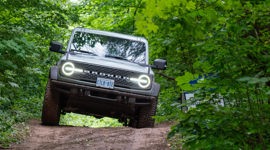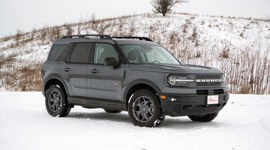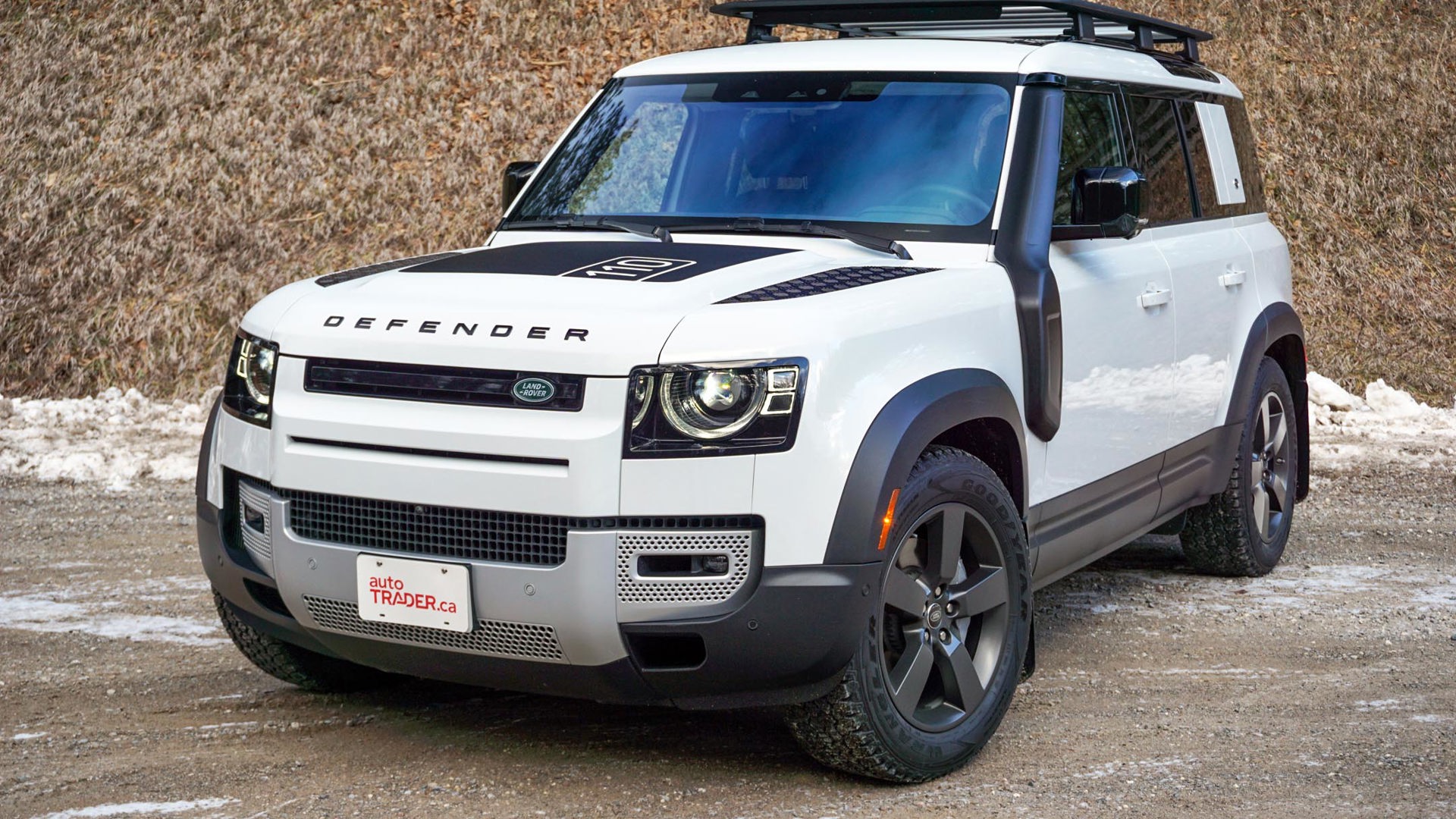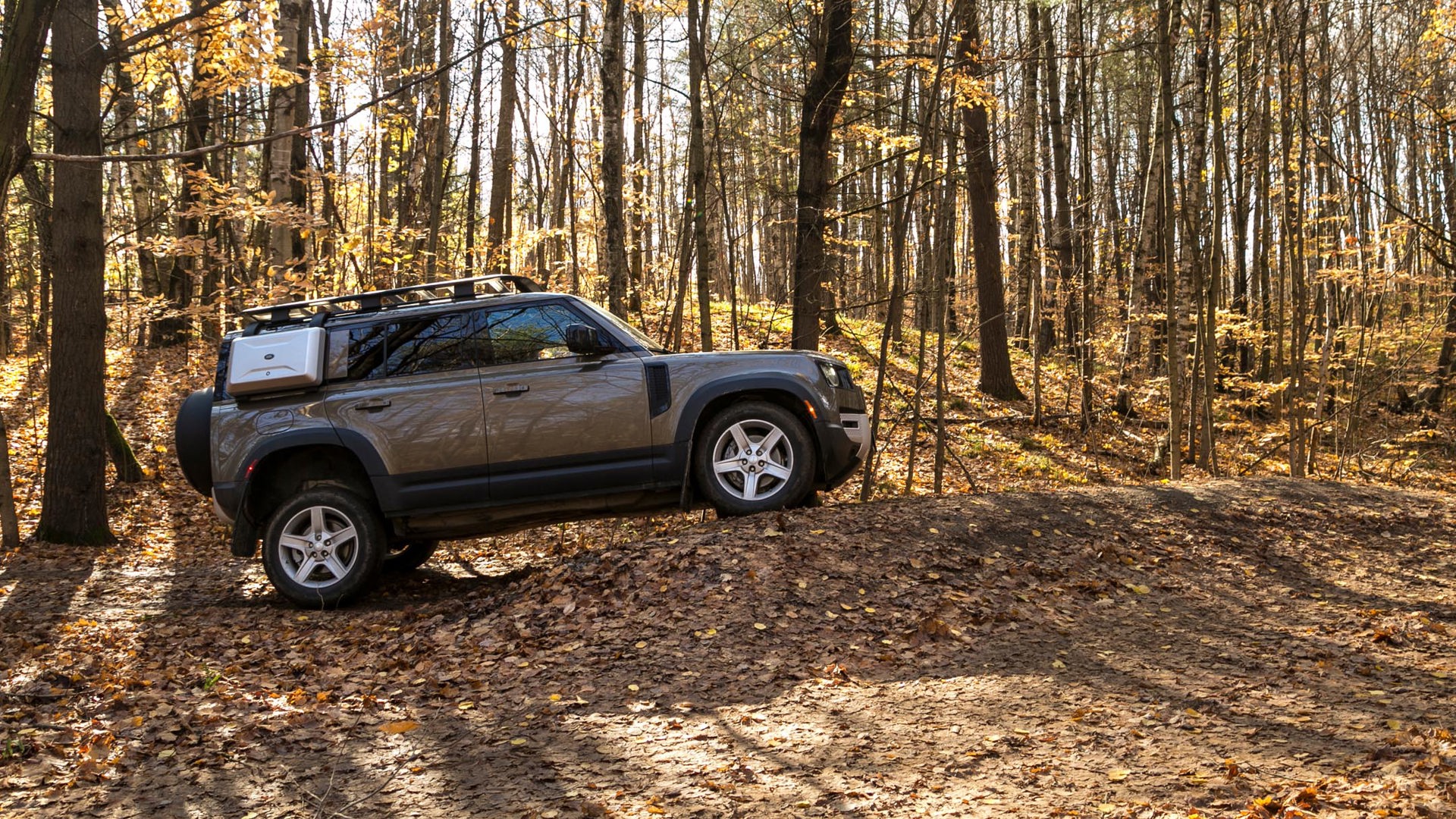For more than half a century, a handful of manufacturers have built incredibly rugged four-wheel-drive machines steeped in military or agricultural history.
They’ve enabled access to some of some of the most remote — and often inhospitable — parts of the planet for research, humanitarian efforts, and, sadly, war; but they’ve also allowed countless journeys for those willing to give up five-star accommodations for the natural wonders of our planet. These days, exploring trails into the wilderness seems like the best kind of social distancing, doesn’t it?
It wasn’t long ago that we pitted the plug-in hybrid Jeep Wrangler against the gnarliest four-door Ford Bronco on the market in a lengthy test that involved hundreds of kilometres of driving both on-road and off, and putting a crippling dent in the fuel budget to learn that the new Bronco is the real deal. Even so, my preference has long leaned toward a short and nimble two-door rig for off-roading — and I somehow managed to convince AutoTrader.ca Editor-in-Chief Jodi Lai that taking a 2021 Ford Bronco Wildtrak and a Land Rover Defender 90 down some trails I’d not explored before would be a great idea. It turns out it wasn’t, but we did come away with a favourite.
Practicality
When tackling tight, woodland trails, the shorter wheelbase of a two-door off-roader generally fits better around tight turns and offers a loftier breakover angle when climbing obstacles. The downside is that practicality is diminished considerably. Whether it’s the Defender or the Bronco (or the Jeep Wrangler, for that matter), when selecting a two-door you not only give up passenger space but cargo room, too.
In the Defender’s case, the drop in luggage room is considerable, with only 397 L available behind the rear seat. With the 40/20/40 bench stowed, the space opens to 1,563 L; and while the durable plastic diamond-plate surface is appreciated, it doesn’t fold flat, meaning there’s always a large hump to get over when loading bulky items. The Bronco offers more space, at 634 L with the rear seat up and 1,481 L with it folded flat, and while that second number is actually less than the Landie’s, it’s more usable since the rear seat bottoms flip forward before the seatbacks fold, creating a flatter load floor.
Vehicles with short wheelbase aren’t usually a good choice for trailering, but both of these SUVs were optioned up with towing packages, giving the Bronco a limit of 1,588 kg (3,500 lb) versus the Defender’s surprisingly impressive 3,720 kg (8,200 lb). For those keeping score, a two-door Wrangler is only rated for 908 kg (2,000 lb).
While the rear-seat space is comparable between the two — the Ford offers more rear headroom versus the Land Rover’s greater rear legroom — accessing the Defender’s backseat is trickier due to the slow-moving power front seat and long, coupe-like front doors that can’t open as wide in tight parking lots.
Ford Bronco: 6.5/10; Land Rover Defender: 6/10
User Friendliness
The Defender’s long front doors aren’t the only ergonomic challenge. The B pillars are as thick as bridge abutments and create sizable blind spots, as does the tailgate-mounted spare tire that sits up higher than the Bronco’s. However, the front 180-degree view in the Defender is spectacular thanks to its tall side glass and elevated seating position. The Bronco, by comparison, is like sitting in a World War II pillbox, with its smaller side glass and windshield. Both offer highly effective camera systems that help, whether you’re parking or crawling over off-road obstacles.
Ford’s control layout may look more daunting at first, with a greater number of buttons (including a row of them atop the dashboard for various off-road functions), but their ease of use — and that of the 12-inch touchscreen for the infotainment system — is more logical and easier to learn than Land Rover’s system. There’s something to be said for the clean look of the Land Rover’s dash layout, but its screen is smaller, and some of the steering wheel buttons were occasionally unresponsive during testing. In its favour is the built-in Google Maps navigation that looks very high tech.
Ford Bronco: 7/10; Land Rover Defender: 6/10
Comfort
For such a rugged and capable off-road machine, the Bronco Wildtrak offers decent comfort. The seats are supportive and firm, and the ride quality isn’t as terrible as machines half as capable from a decade ago. Still, there’s a lot of noise, particularly from the multi-piece removable hard top.
Both machines offer heated seats and steering wheels, but the Defender also offers notably better sound deadening against both engine and road noise. But it’s the suppleness and composure of the Defender’s optional air suspension that makes it more comfortable than the Bronco. Rear seat passengers will also appreciate that the Defender offers rear climate controls, whereas the Bronco doesn’t even include rear vents.
Ford Bronco: 6/10; Land Rover Defender: 7.5/10
Features
Despite their ruggedness, both the Bronco and Defender offer surprising amounts of modern technology and amenities. Clear, powerful sound systems, on-board navigation, and plug-in points throughout the cabin are found in both. The Ford gives up the large, sliding panoramic sunroof and three-zone climate control to the Land Rover, but keeps the inherent coolness of being able to drive around without a top or doors. The Defender’s heated windshield and headlight washers are welcome, especially in the winter.
It’s possible to option either of these strictly for mall-crawling duty, with road-friendly tires and leather seats, but these testers were specced more for off-road excursions, with easily cleaned interiors, a multitude of trail-appropriate drive modes, locking differentials, and all-terrain tires. Even so, ordering 20-inch wheels for the Land Rover is a vanity move that leaves those pretty rims woefully exposed, and if it were my Defender, I’d go with the smallest (18-inch) wheels and biggest tires available. Similarly, putting side steps on the gnarliest Bronco is just something else to get hung up on when off-roading.
Ford Bronco: 7/10; Land Rover Defender: 7/10
Driving Feel
All that off-road kit can help make even rookie off-roaders look competent — at least in theory. After realizing that every decent off-road trail in Ontario was closed to wheeled machines for snowmobile season, and armed with too much confidence, I decided we’d be able to get a decent sense of how each rig manages low-traction mud and test the suspension’s articulation on some of the heavily rutted unassumed Roads around Ontario’s Niagara Region.
The first road was brilliant, offering a deeply furrowed mud path with a few semi-frozen splash holes. It was already enough to showcase some personality differences. Matching its macho appearance, the Bronco seemed utterly unphased by more aggressive driving, bashing along over the ruts and rocks, using its considerable 295-mm (11.6-in) ground clearance and come-at-me-tough Bilstein shocks. Jeepers love to point at the Bronco’s independent suspension set-up as a weak point that can’t possibly measure up to the Wrangler’s tried and true solid axles, but Ford has built in some serious toughness here.
The Land Rover embraces its Britishness, as if to say, “Come along, chaps, let’s get through this with dignity, shall we?” At the push of a button, its air suspension raises the Defender up to the same clearance as the Bronco, but also keeps the ride far more composed, even when travelling at the same speed. It feels more delicate than the Ford, yet not fragile, either.
Our adventure took a turn for the worse at the second pass. Following a particularly rain-soaked autumn, the trail that cut through a woodlot hadn’t seen as much use, and was more grown in. With cavalier abandon I pushed the Bronco over some unorthodox lines chosen in the interest of preserving the Cyber Orange paint from the trees, all while not getting out to smash through the inch-thick ice to measure the water depths first.
Following a last-minute swerve around a sapling that would’ve surely added some new pinstripes to the Ford, the driver’s side Goodyears slid sideways into a sizable puddle roughly the size and depth of Lake Erie, if I recall correctly, putting the Bronco at an alarming angle and high-centred on its skid plates.
At the same moment, only a hundred metres behind, Jodi and the Land Rover met a similar fate in a little bog the Bronco had just managed to cross without issue, drawing attention to three issues. First, I realized any faith Jodi had in my off-road abilities had vaporized, as she verbally questioned both my planning skills and intellectual fitness for choosing this route. Second, the Defender’s underside is well-protected with skid plates, but its beefy control arms can get hung up pretty easily. And third, the Defender’s front tow point is hidden beneath a plastic panel held on by several screws that drew significant consternation from yours truly while accessing it as it was partly submerged in icy swamp water.
Incidentally, with fording depth capability in excess of 900 mm (35 in) for both machines, if we had committed to going straight through the middle of the puddles, we’d have been just fine.
Regardless of what off-road scenario one’s in, the Defender’s fewer and simpler drive modes, and button-actuated ride height lift is preferred to the time wasted arguing with the Bronco about what set up is actually needed at any given time (for instance, its mud and ruts rive mode won’t work with the differentials locked and the transfer case in its low-range gearing). Plus, the absence of the Bronco Badlands’ disconnecting front sway bar on the top-spec Wildtrak is a head-scratcher, as is the brittle plastic surrounding the front tow points that easily cracked when the Bronco was being tugged free. [Apparently the former has to do with this trim’s dune-bashing baja bent.–Ed.]
The difference in personality on-road is equally great. Here again the Defender is a smooth operator, offering notably superior ride and handling than the Bronco (which, itself is notably smoother and better composed than the Wrangler). The shorter wheelbase of these two-door SUVs does make them feel less stable at highway speeds compared to their four-door counterparts, especially with the Bronco’s mud terrain tires causing it to wander around on its squishy tread blocks.
Ford Bronco: 7/10; Land Rover Defender: 7.5/10
Power
In the tester’s X-Dynamic S trim, the Defender features a turbocharged 3.0L inline six-cylinder, helped along by a mild hybrid system with an electric supercharger netting output of 395 hp and 406 lb-ft of torque. While the torque figure is nearly the same as the 410 lb-ft made my the Bronco’s twin-turbo V6, the Land Rover’s 80 hp advantage makes it feel moderately quicker in a straight line, whether pulling away from a stop or when passing.
Considering only 16 kg (35 lb) separates these two in mass, the Defender should’ve felt quicker than it did, possibly owed to the Ford’s 10-speed automatic keeping the Bronco in the heart of its powerband better than the Land Rover’s eight-speed does.
Ford Bronco: 7.5/10; Land Rover Defender: 8/10
Fuel Economy
Unsurprisingly, the fuel consumption figures are very similar between these two. Being big, boxy, and beefy means this is a thirsty pair that swills back gasoline at a rate of roughly 14.0 L/100 km in the city. The Bronco’s highway rating is nearly the same, as is its combined rating. Meanwhile the Defender is rated at 3.3 L/100 km better on the highway than the Bronco’s 13.9 L/100 km. Our observed rates after the test aligned with each vehicle’s combined rating of 12.3 L/100 km for the Land Rover versus 13.9 for the Ford.
It’s recommended the Defender be fed premium gas, whereas the Bronco gets by with regular.
Ford Bronco: 6/10; Land Rover Defender: 6.5/10
Safety
Both SUVs offer the basics for safety gear like a host of airbags, and a back-up camera as standard fare, but the Land Rover also includes LED lighting, blind-spot monitoring, lane-keeping assist, 360-degree parking aids, traffic sign recognition, and even a wade depth sensor. All of these are available as options on the Bronco (except the wade depth sensor). The test vehicles were optioned up with adaptive cruise control, too.
Ford Bronco: 7/10; Land Rover Defender: 7.5/10
Value
Costing almost the fully-optioned price of the Bronco, a low-option Defender 90 offers much of what many off-roaders would want making these two surprisingly comparable. The Land Rover, while still rugged inside, does feel like a more premium machine wearing nicer materials and finishes throughout.
Optioned up with luxury and tech amenities, the price difference can grow dramatically as the Land Rover climbs toward a six-figure sticker. At least both companies offer plenty of choice in terms of how wild or mild a buyer can spec their machine.
Ford Bronco: 6.5/10; Land Rover Defender: 6/10
Styling
On its own, the Defender’s squared off shape is functional and reminiscent of earlier generations of Land Rover; but parked next to the brash Bronco, the British company’s most butch machine appears downright fancy — especially in its dignified Pangea Green paint. Ford has done a great job of recalling the golden era of 1960s Broncos with plenty of off-road machismo, thanks in no small part to those massive 35-inch tires that come with the Sasquatch package.
Inside, both interiors can be wiped down when they get muddy (ask me how I know). The designs are blocky and utilitarian, but short of the big-screen display, the Bronco’s cabin has the elegance of a recycling bin thanks largely to its cheap (but likely durable) plastics.
Ford Bronco: 7.5/10; Land Rover Defender: 7/10
The Verdict
Because the Land Rover’s base price is so much higher than the entry price in the Bronco lineup, it will surely surprise many folks to see how close they can be when optioned up similarly. The Defender is unquestionably more refined in its appearance and the way it drives, both on the road and the trail, and as Ford finally catches up with production demand, the Bronco is sure to become as commonplace as Wranglers are these days, making the rarer Land Rover arguably more special.
But, as rugged, go-anywhere adventure machines, the reborn Ford Bronco balances decent road manners with modern technology and amenities, and true off-road prowess. What’s more, it’s just more fun to look at and to drive, making it the one I’d most like to take on a journey through the wilderness, or simply to the mall — especially if it’s summer time, with the doors and roof panels off.
